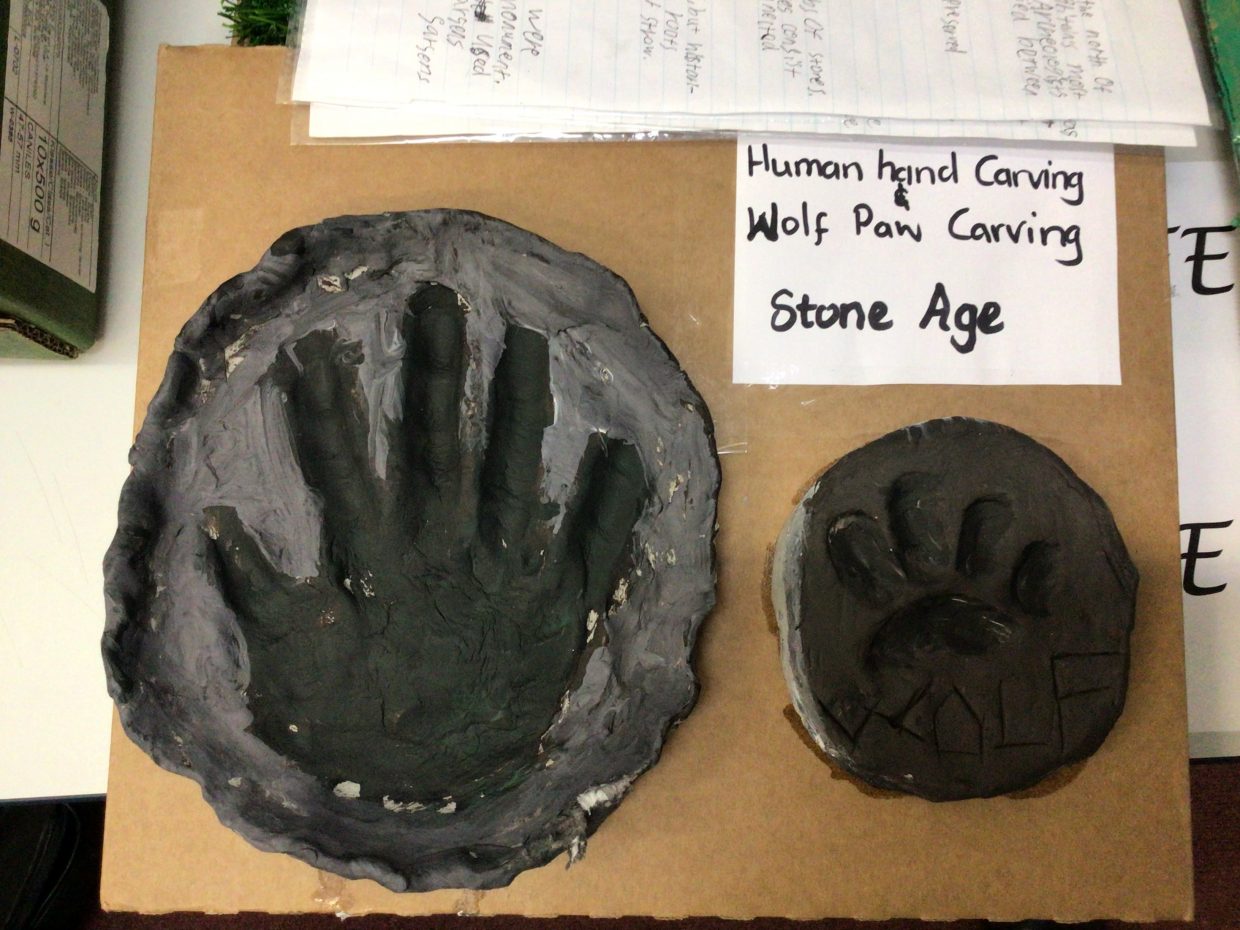YEAR ONE – TOYS
Did you know that the oldest known doll toy is estimated to be 4000 years old?
Playing with toys can be an enjoyable means of training young children for life in society. Different materials like wood, clay, paper, and plastic are used to make toys. Newer forms of toys include interactive digital entertainment.
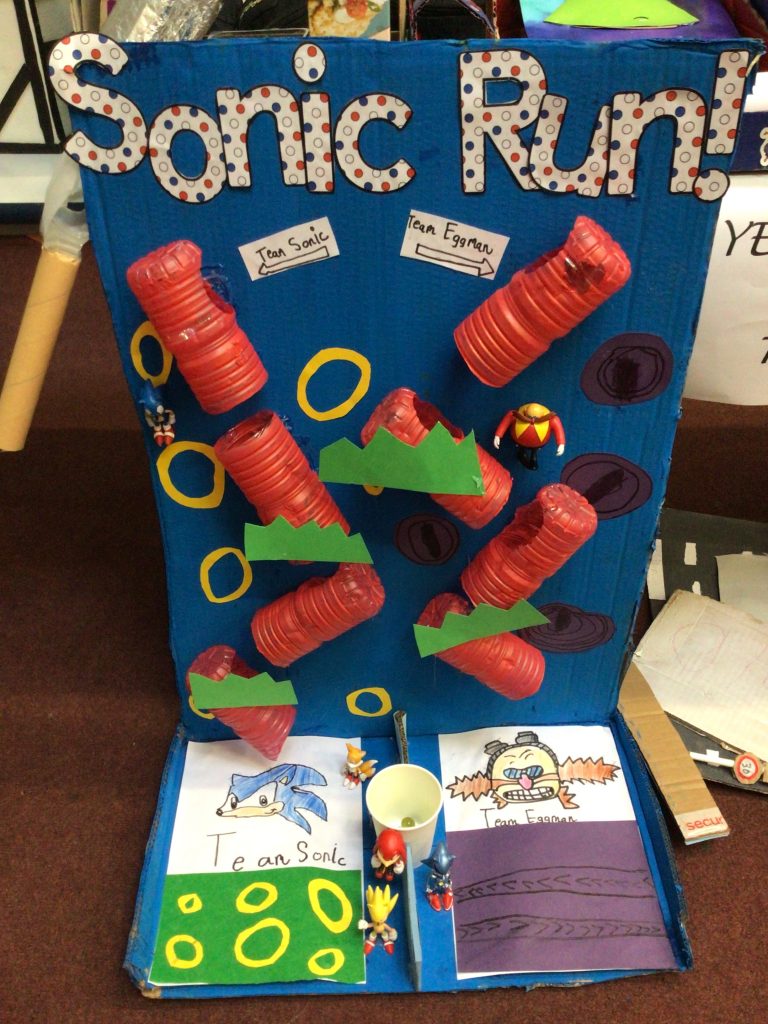
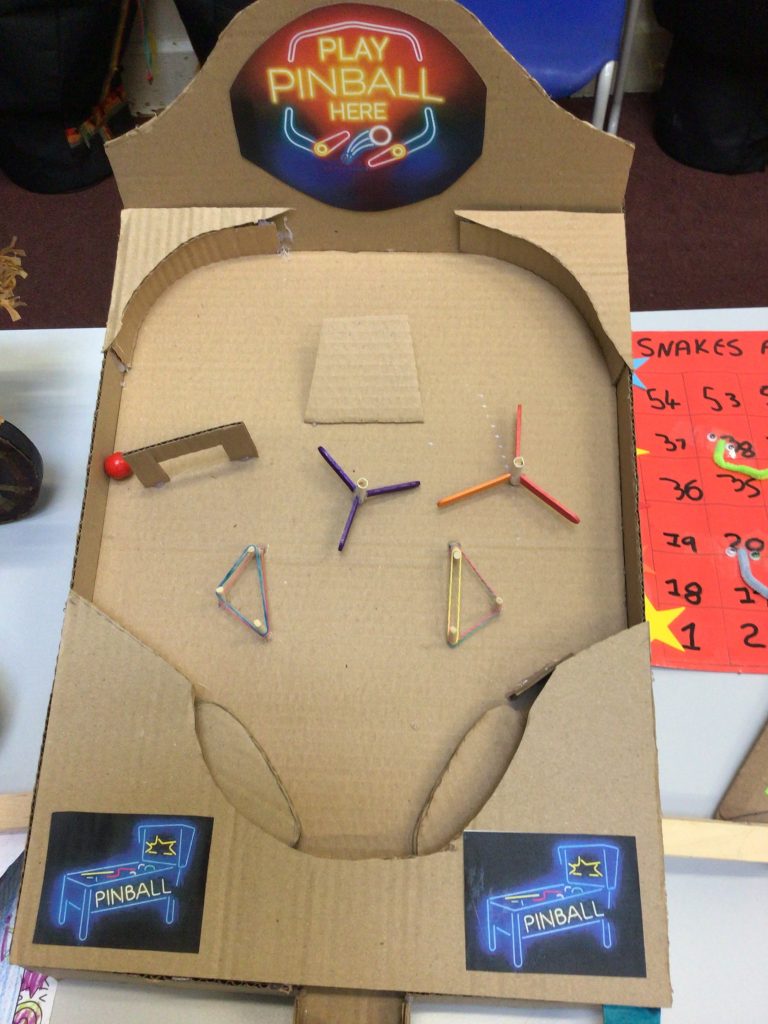
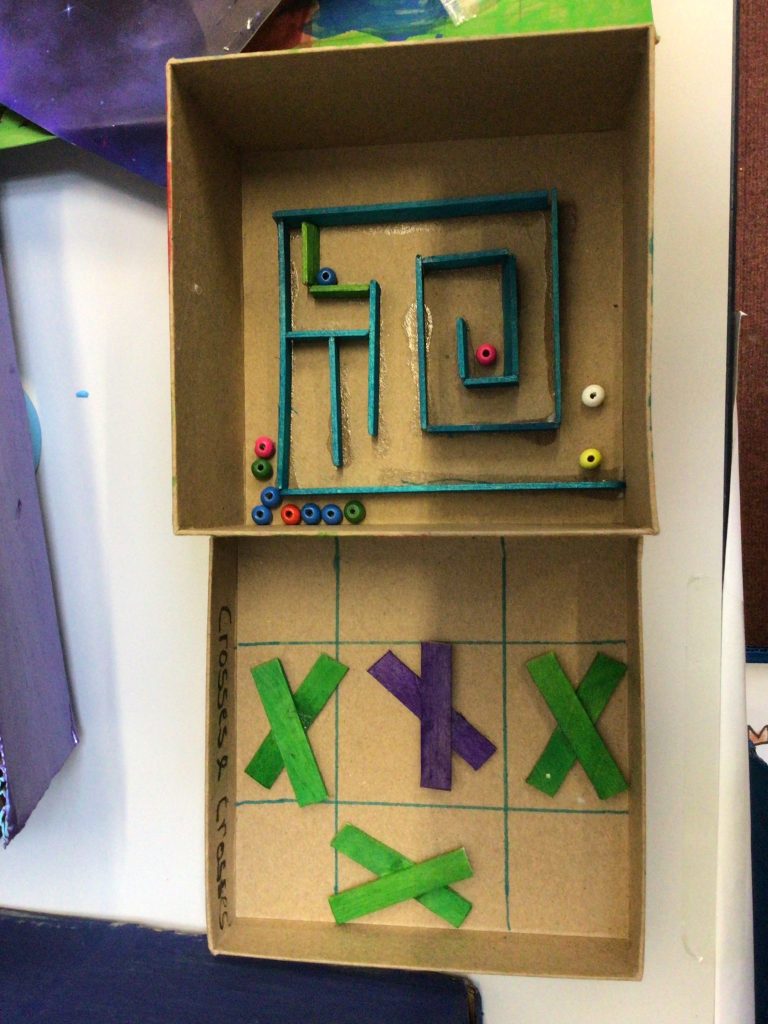

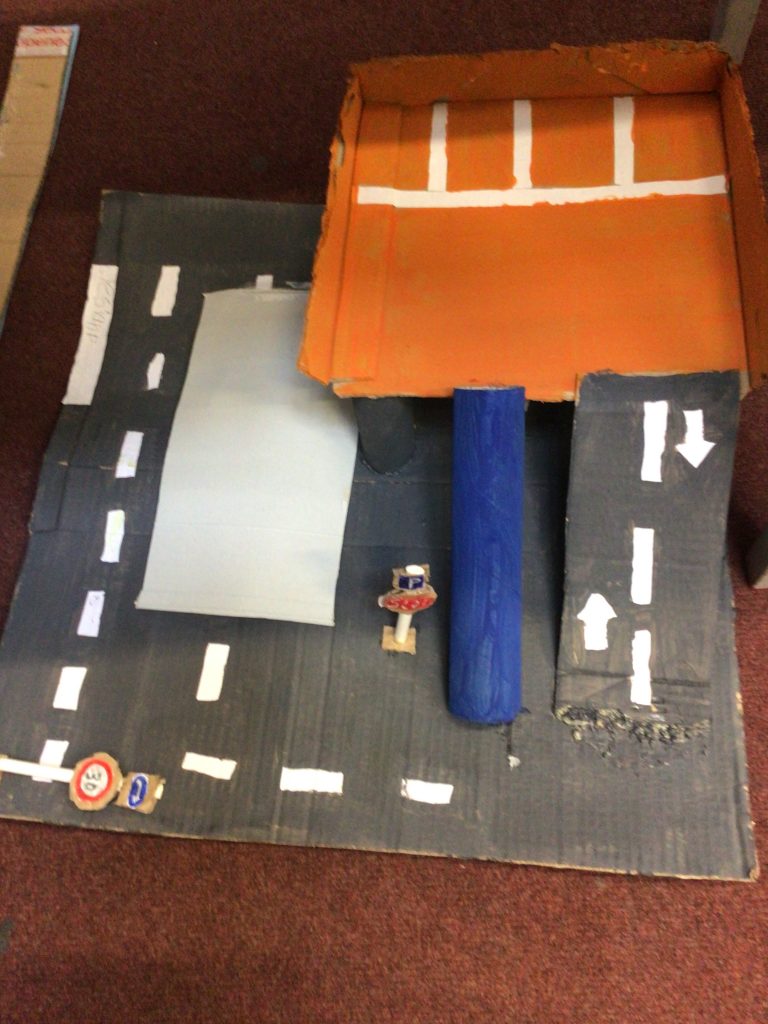
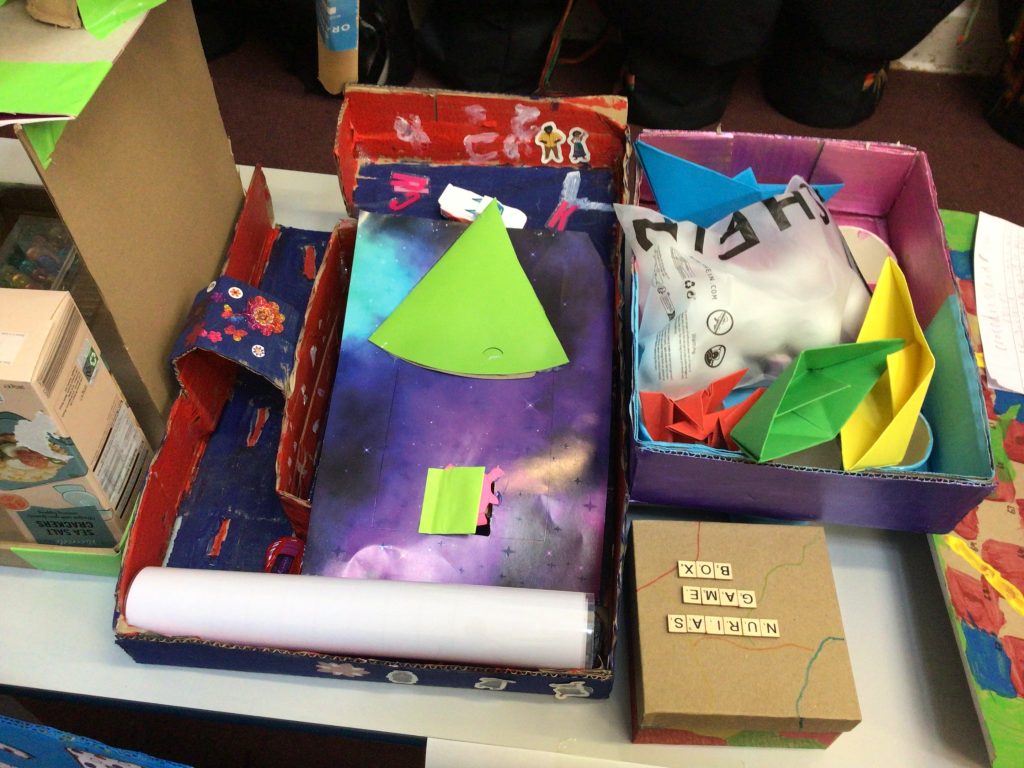
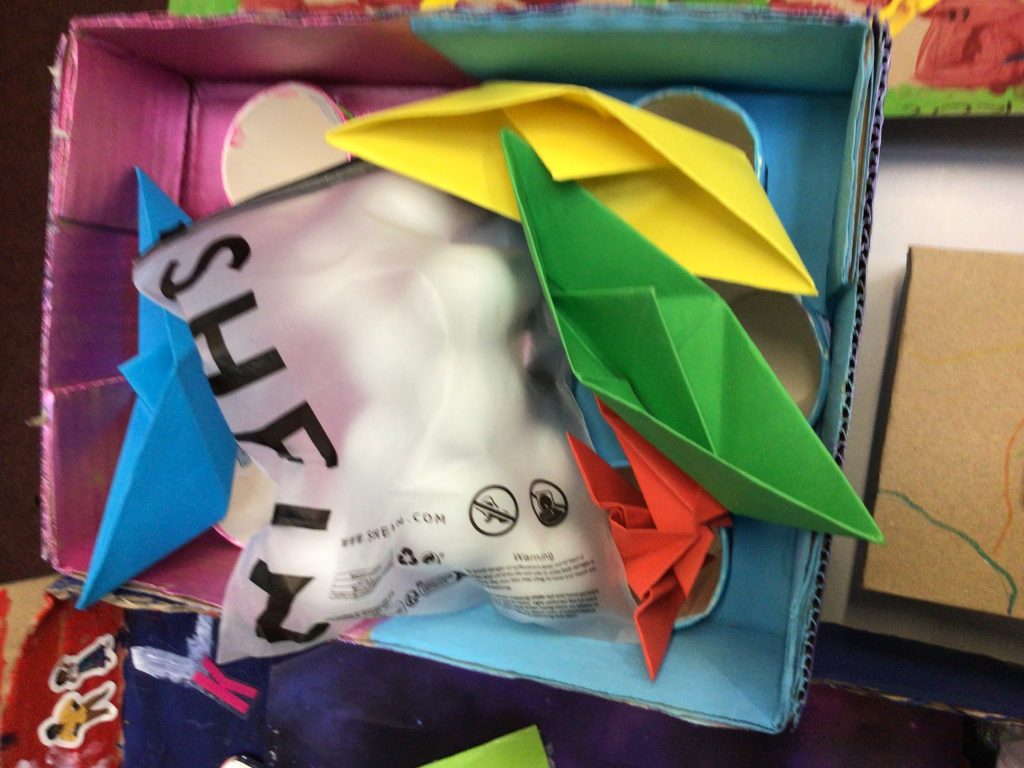
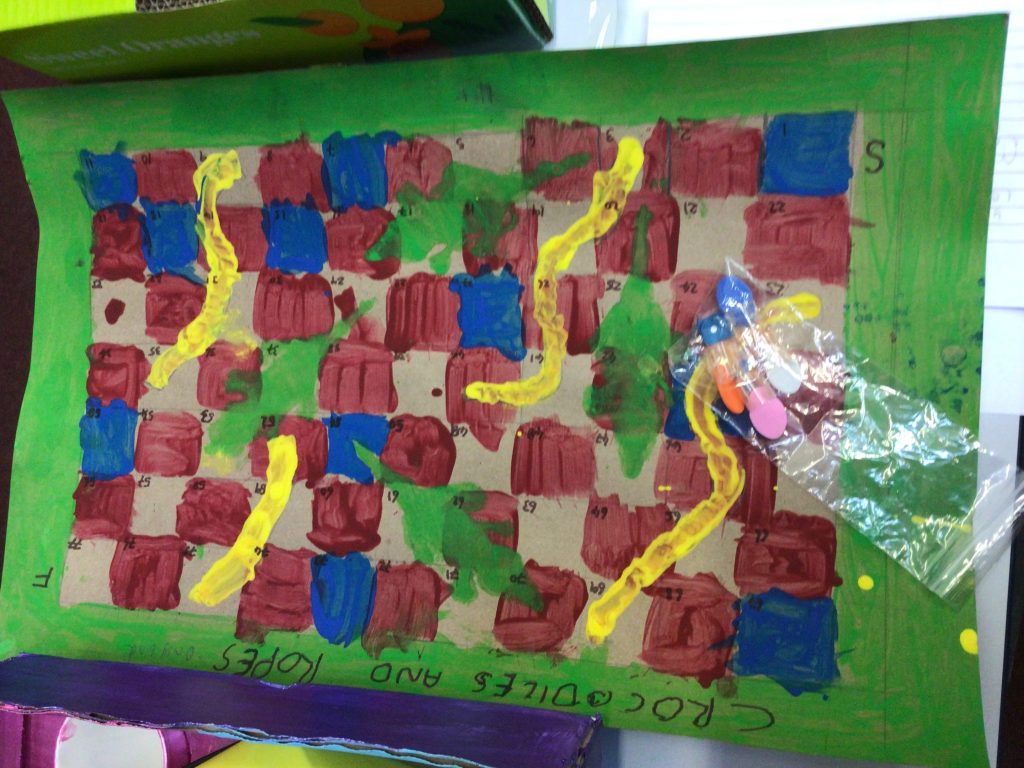
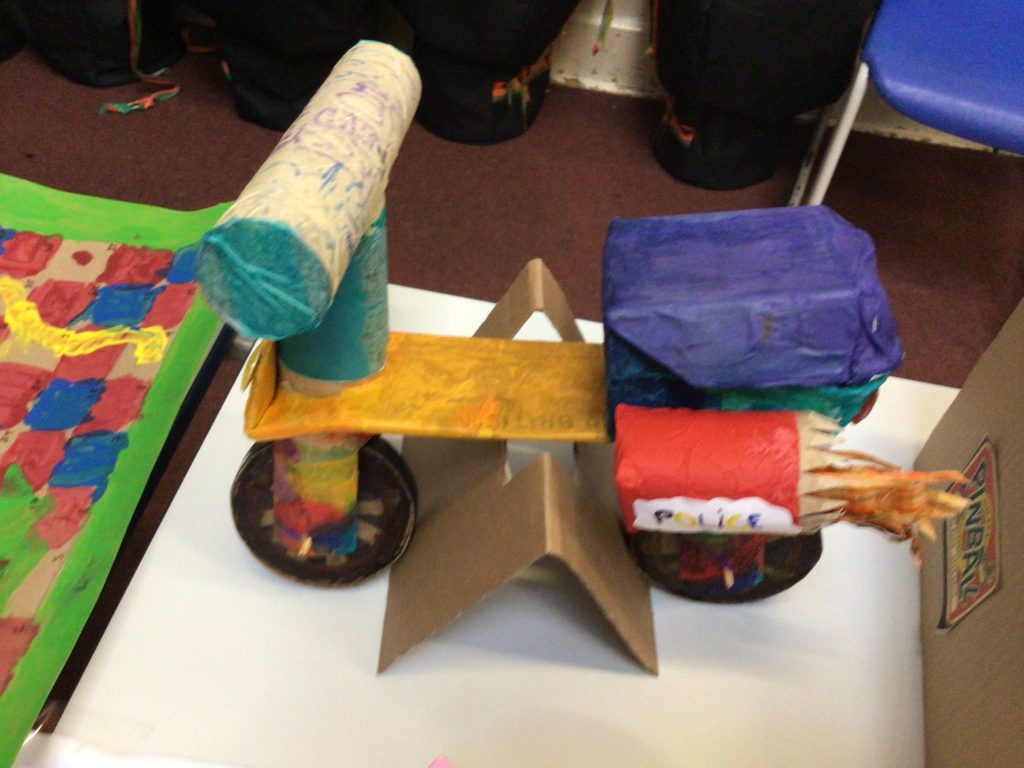
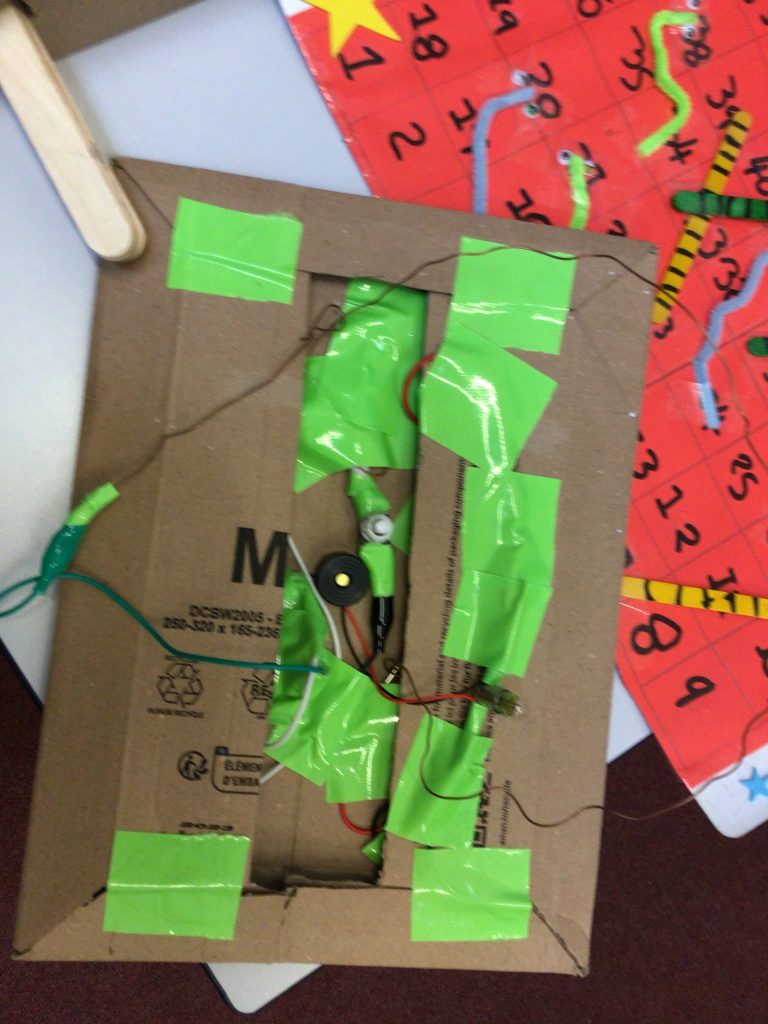
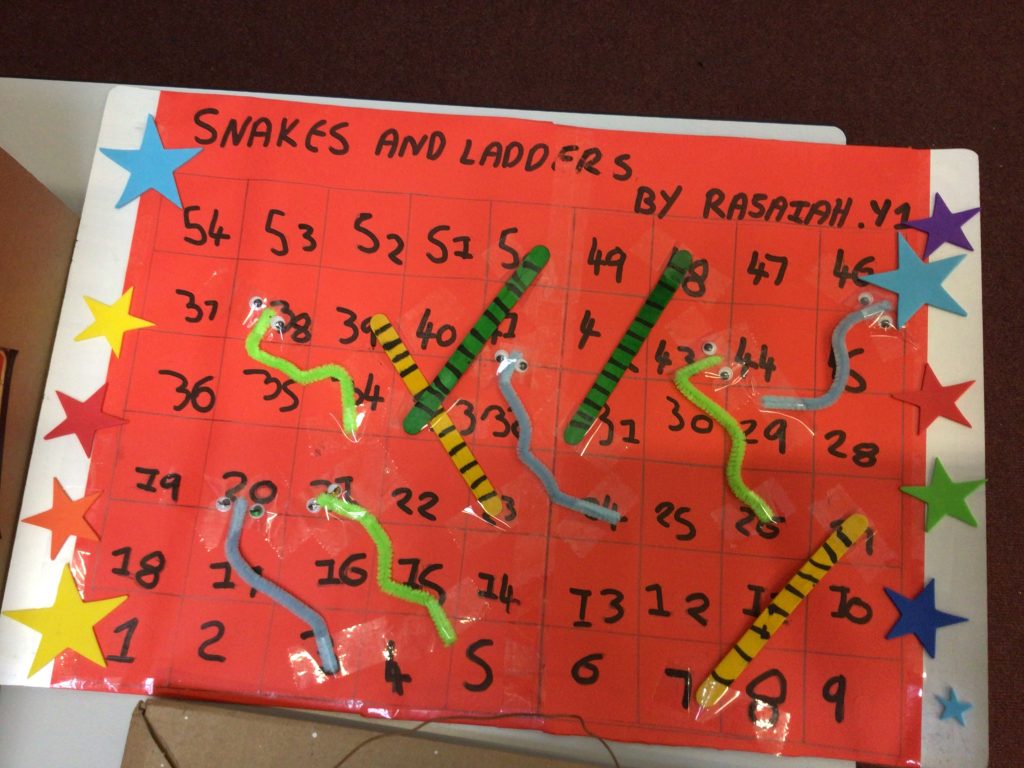
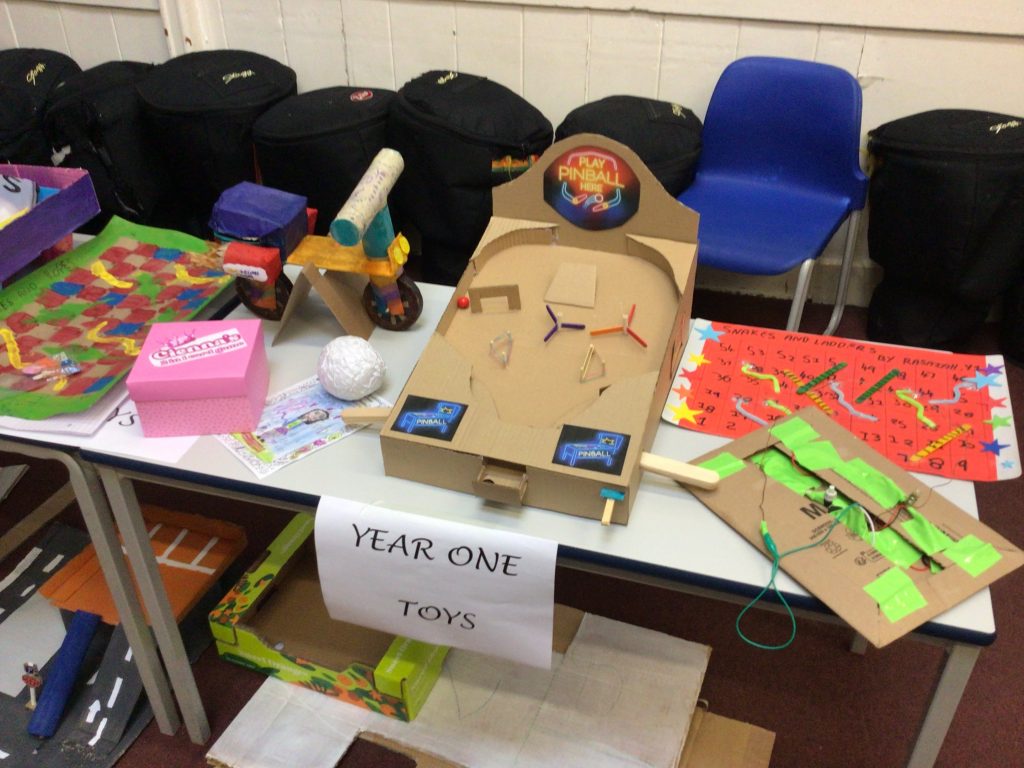
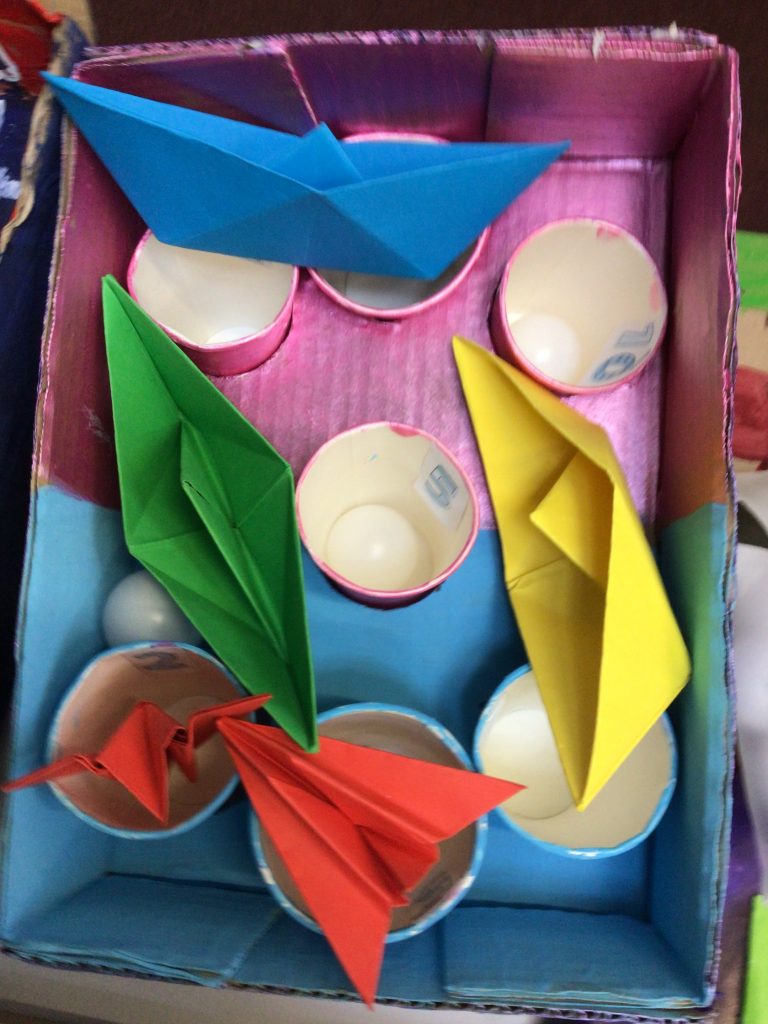
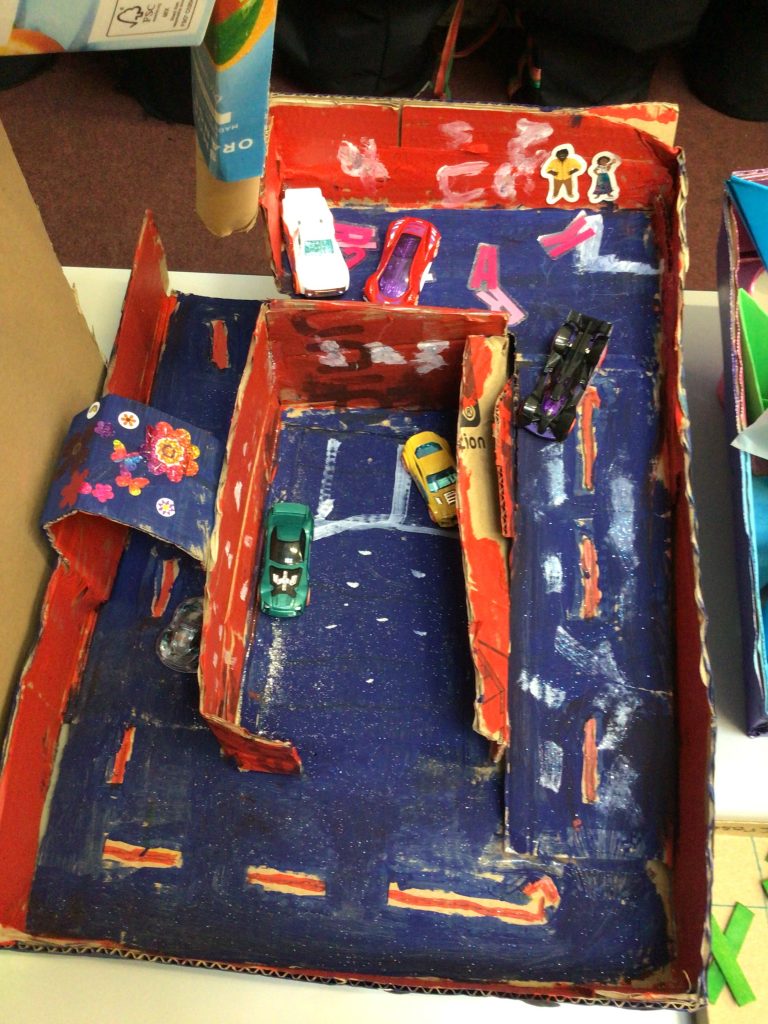
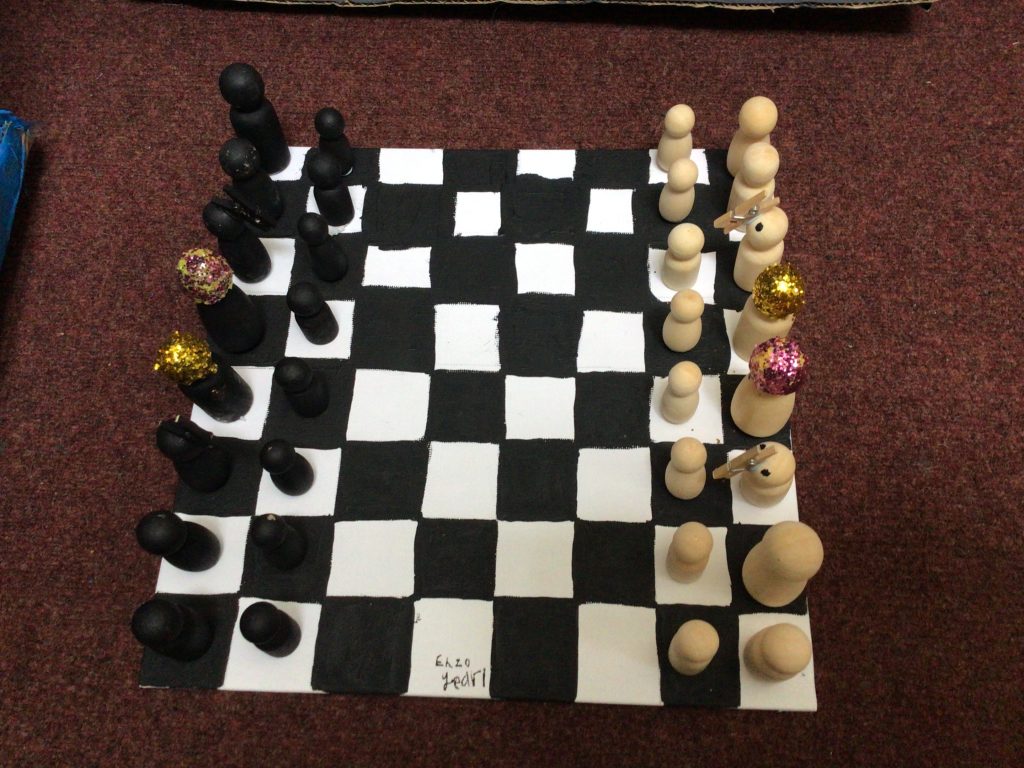
YEAR TWO – THE GREAT FIRE OF LONDON
The Great Fire of London started in the early hours of the morning of 2 September 1666, in a baker’s shop on Pudding Lane. By 5 September, the fire had destroyed more than 13,000 houses and buildings in the city, including 87 churches and the famous St Paul’s Cathedral. The fire spread quickly, destroying most of the buildings in its path. The way houses were built, the lack of an effective and organised firefighting service and the weather in the days before, all played their part in this terrible event.
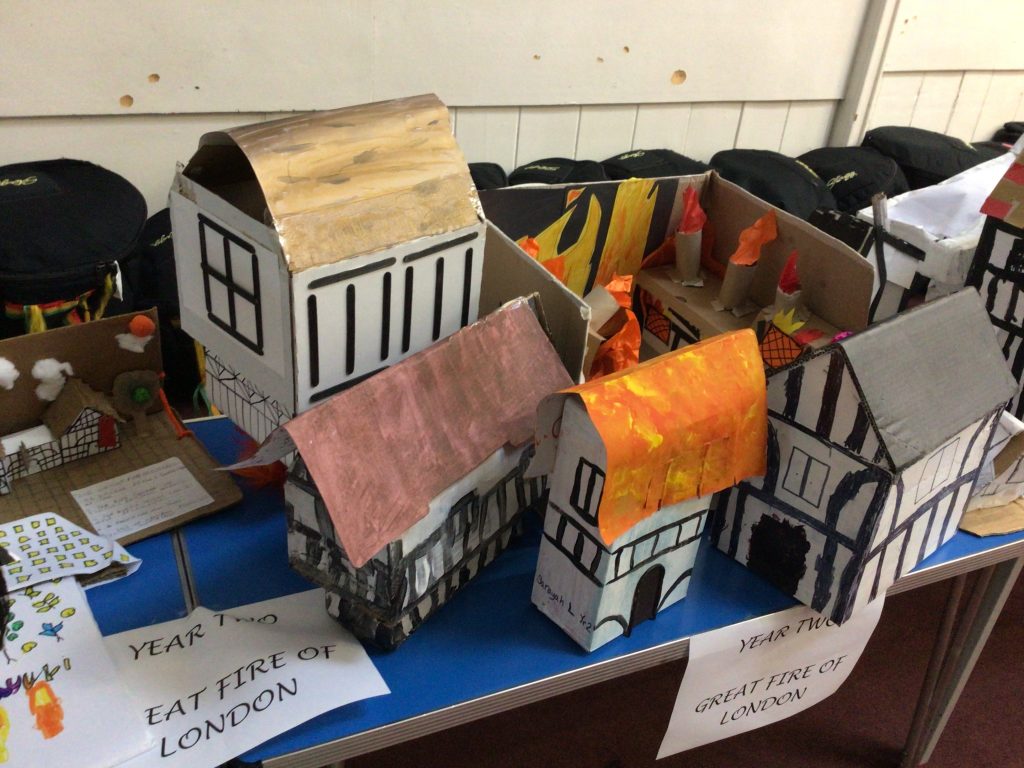
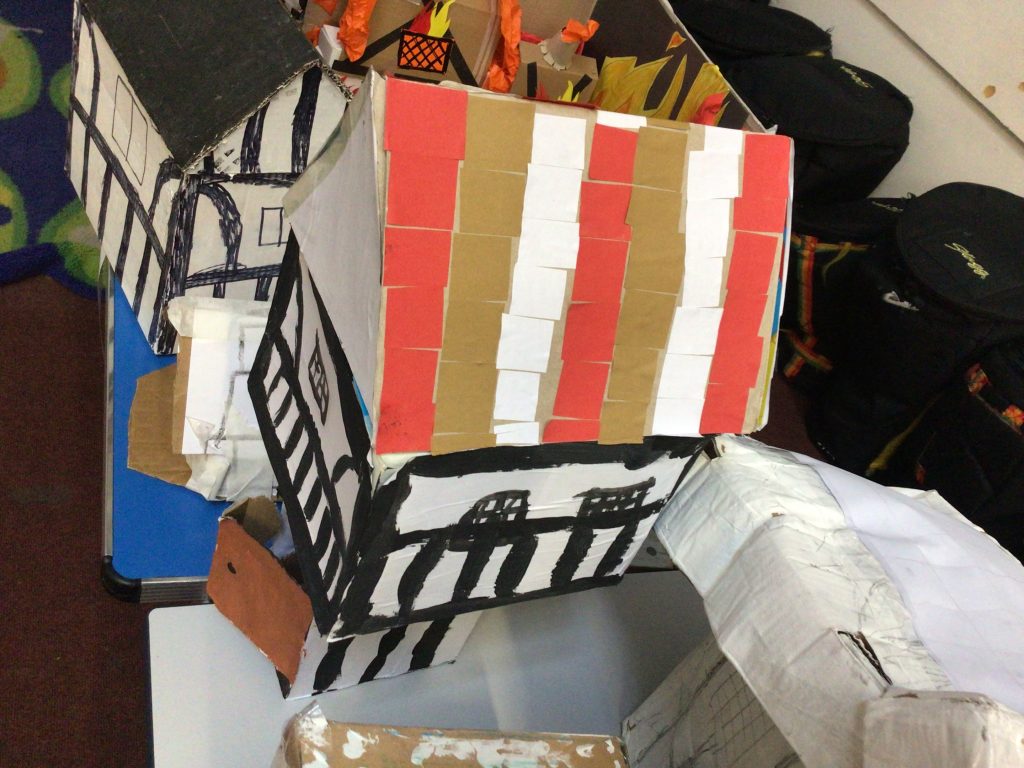
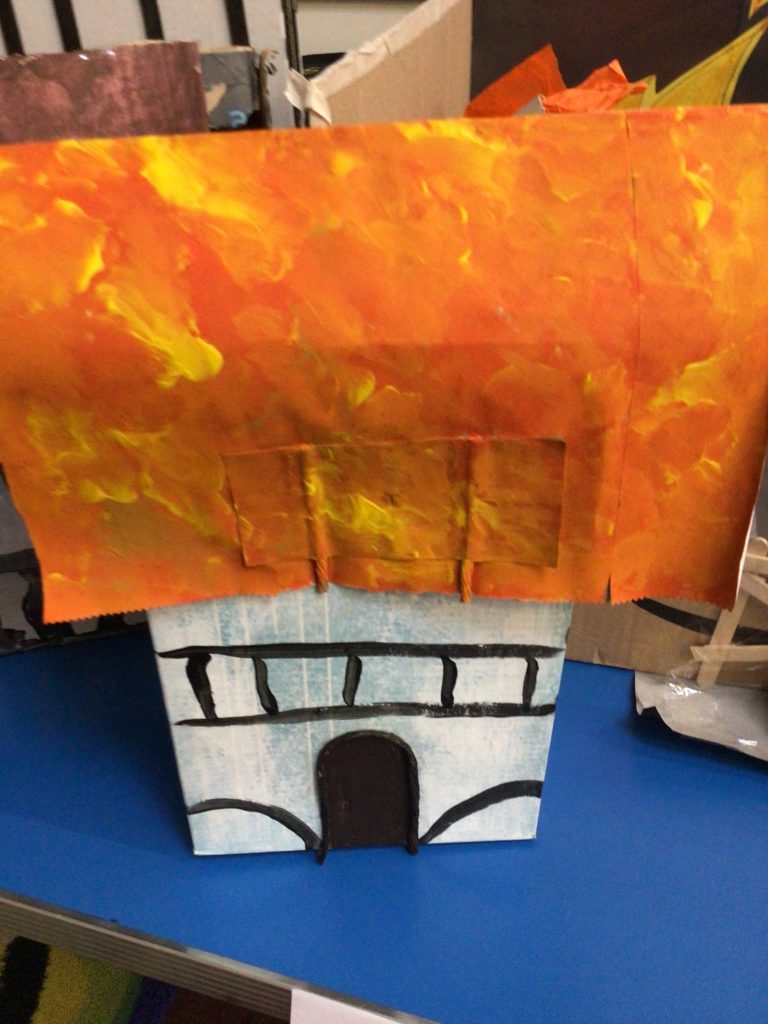
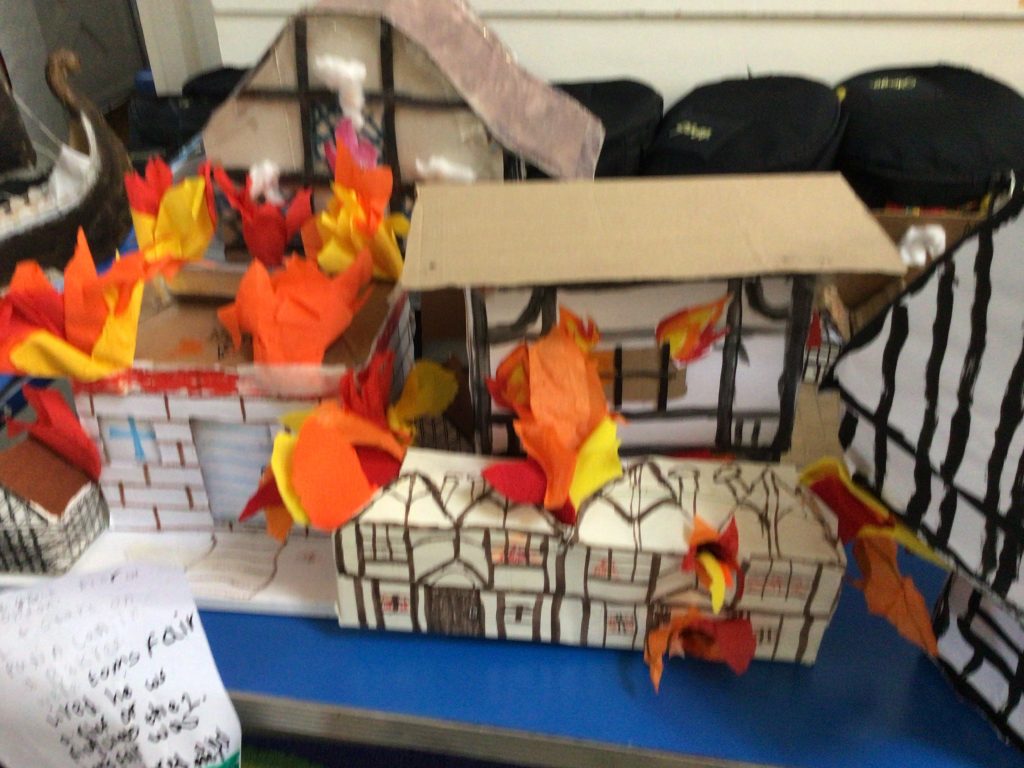
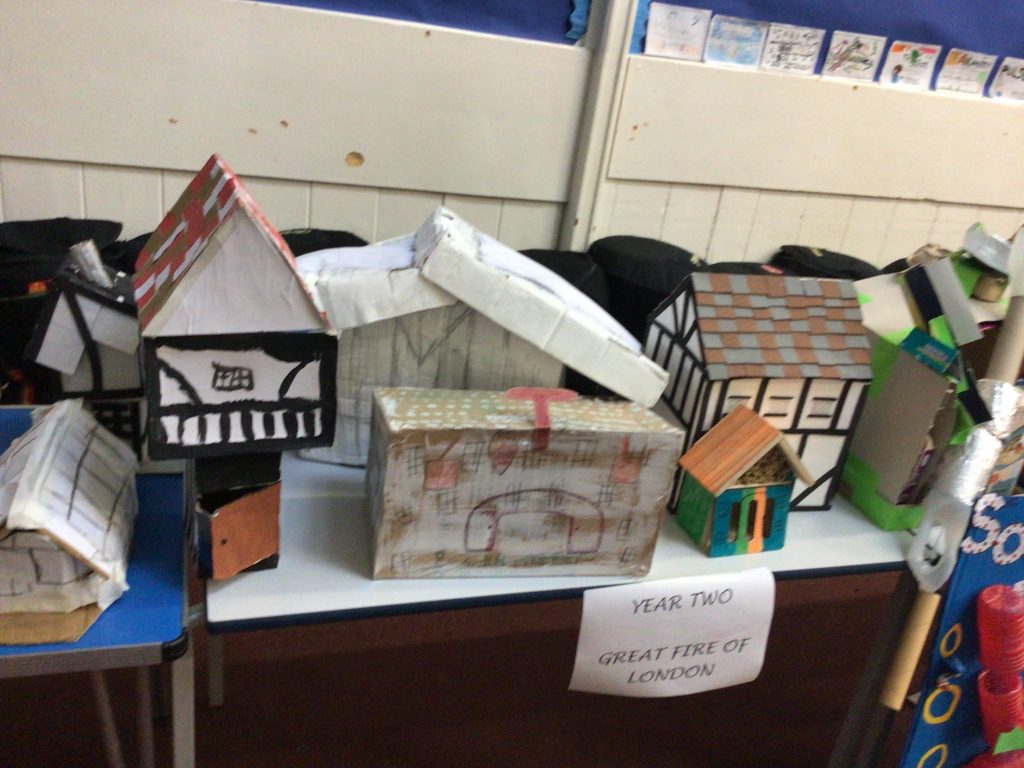
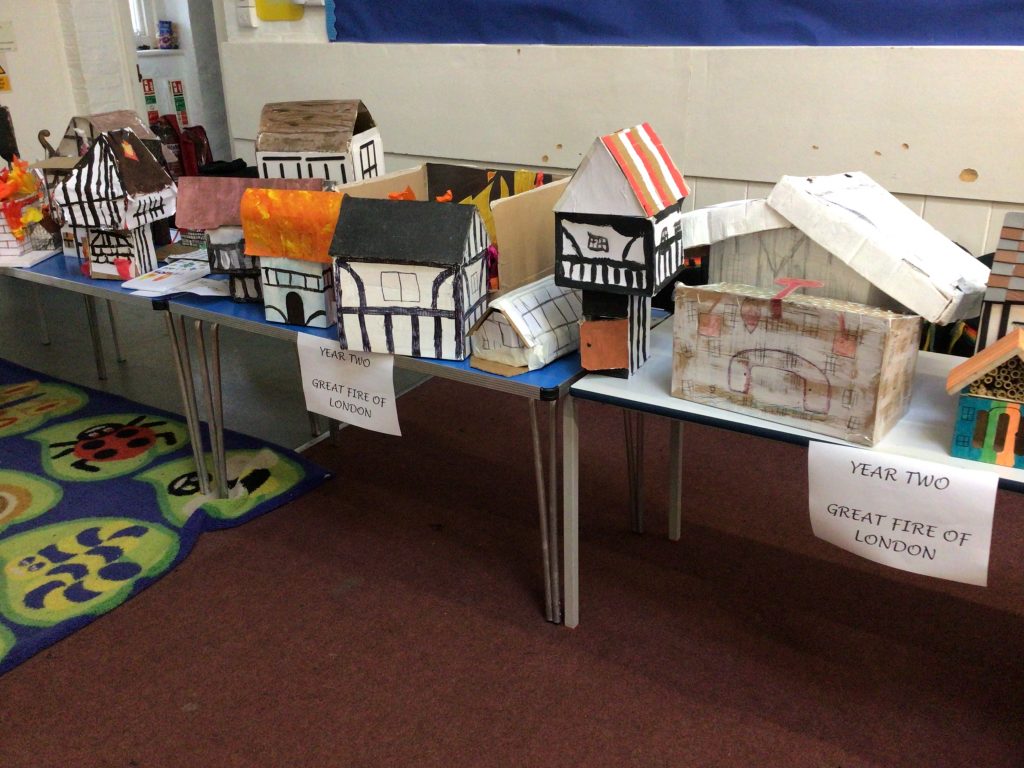
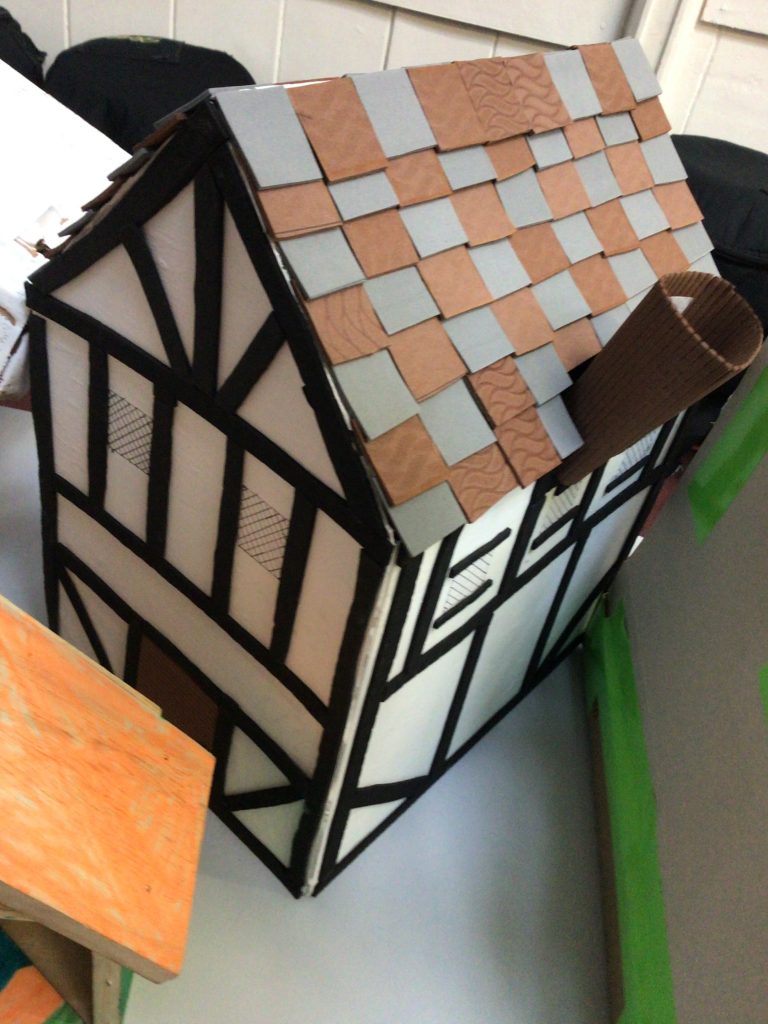
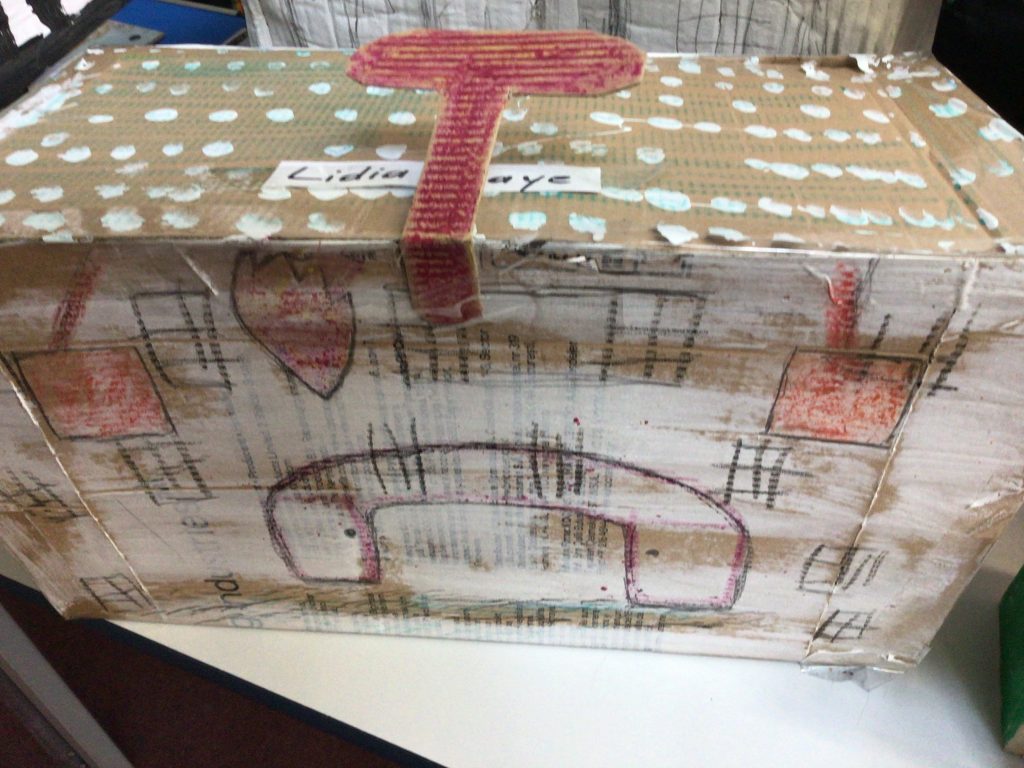
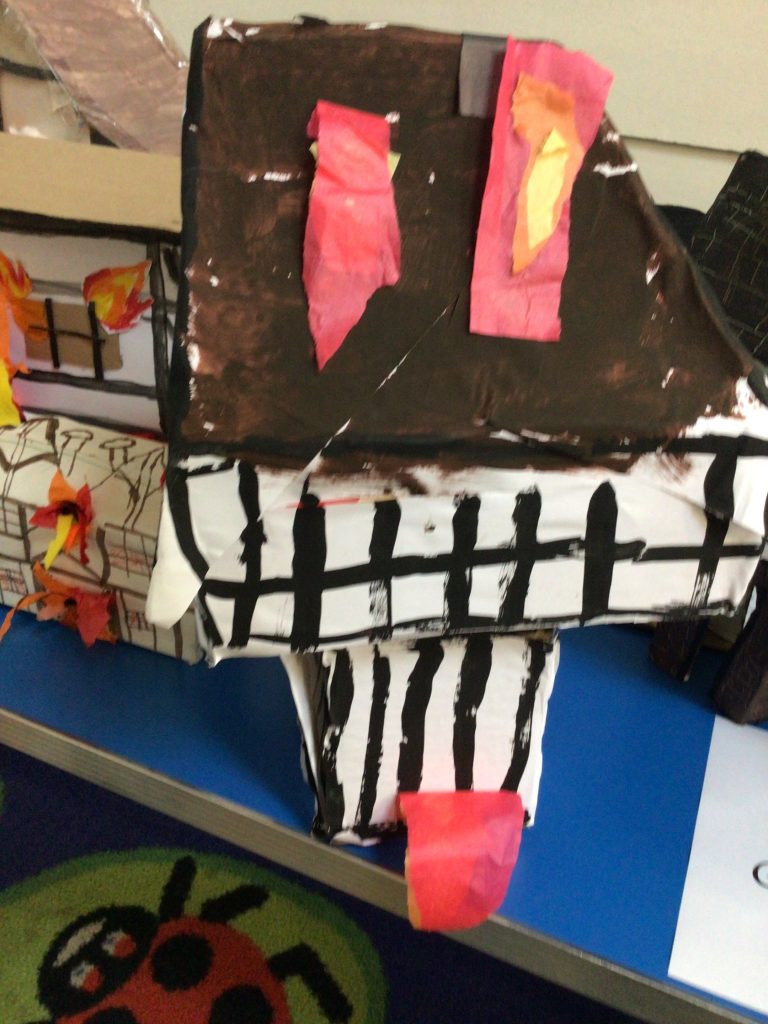
YEAR THREE – STONE AGE
The Stone Age lasted a very, very long time. The oldest period of the Stone Age, the Palaeolithic period, began approximately 2.5 million years ago. The Middle Stone Age is called the Mesolithic period. The Neolithic period, often called the New Stone Age, dates back approximately 8–10,000 years. During the Stone Age, our ancestors started to use tools and weapons made out of stone to help them hunt and eat food. As a consequence of changes in global climate, crops became more readily available, and Stone Age humans began to farm the land. The Stone Age ended when humans began to use metal to make tools and weapons.
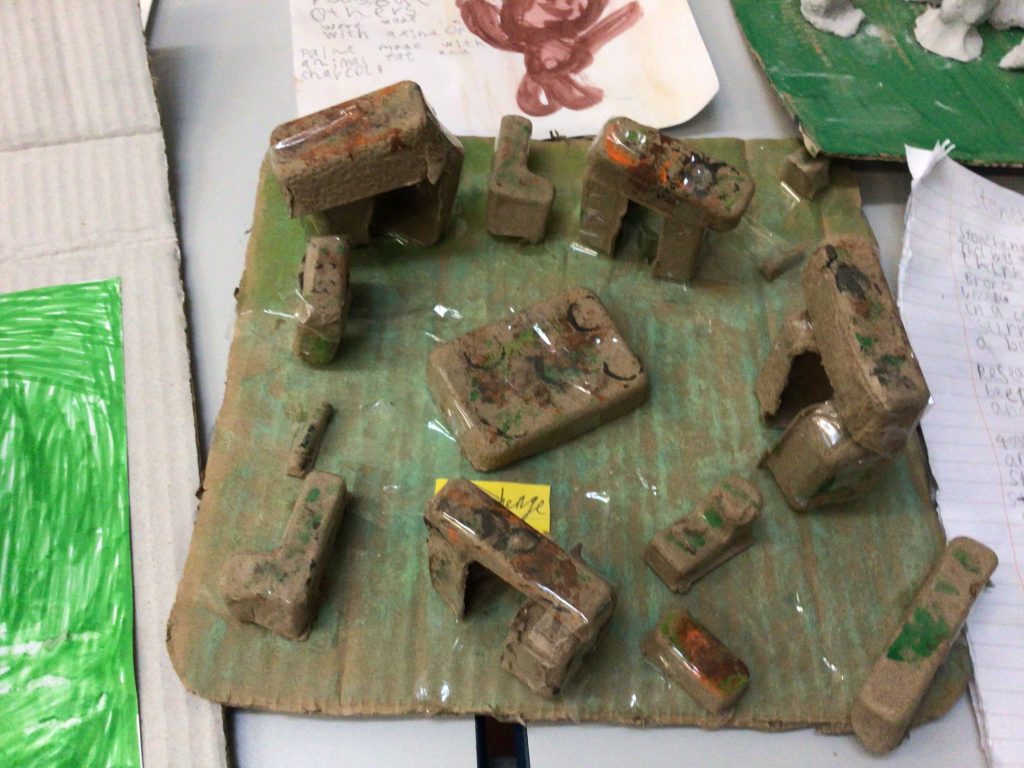
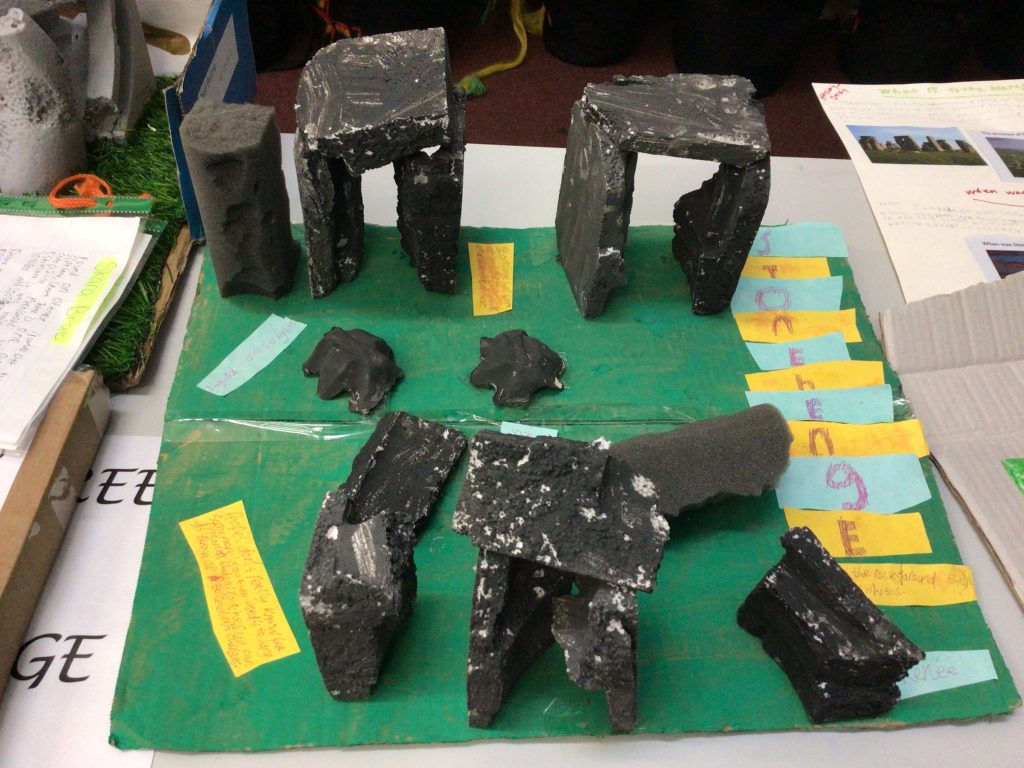
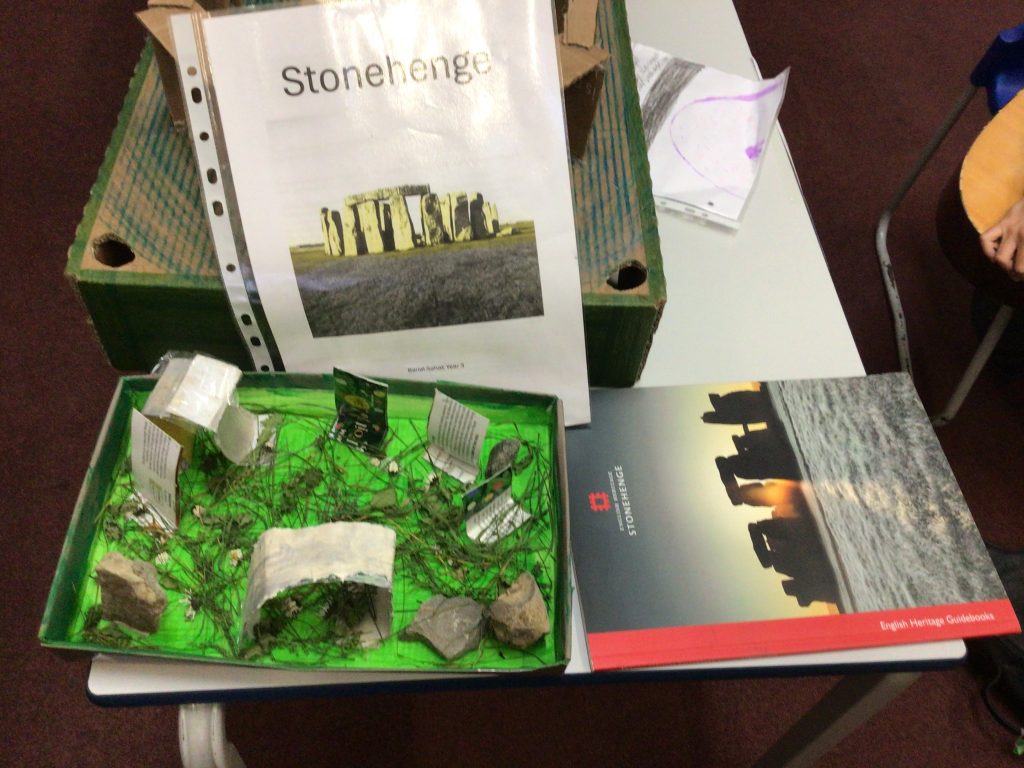
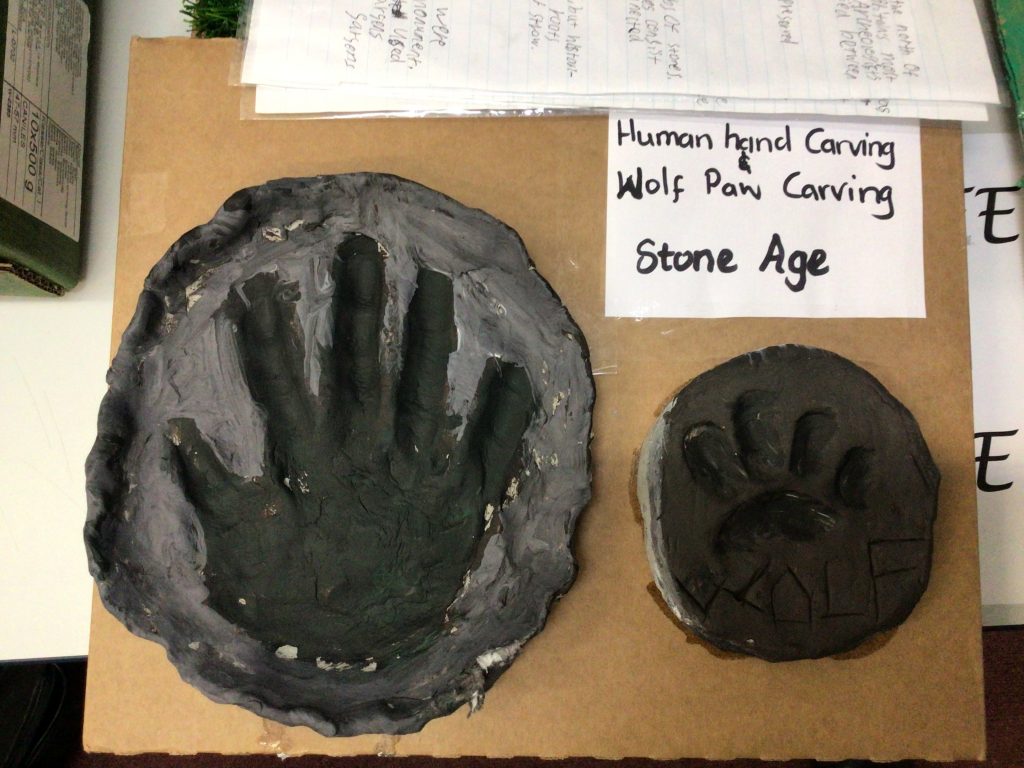
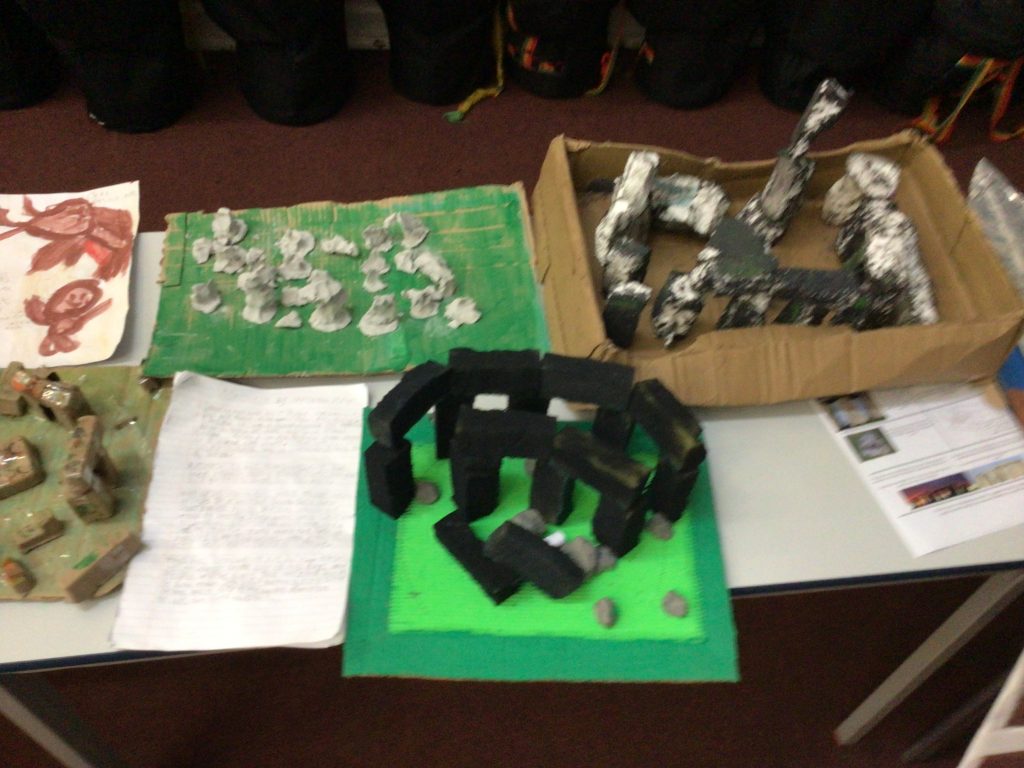
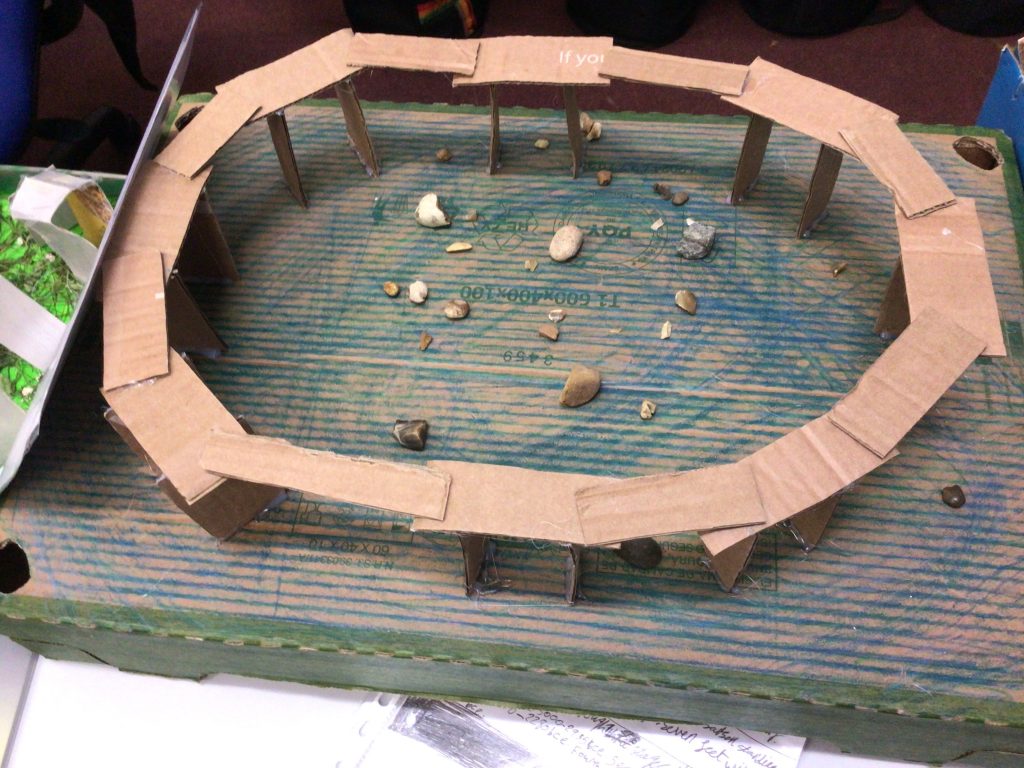
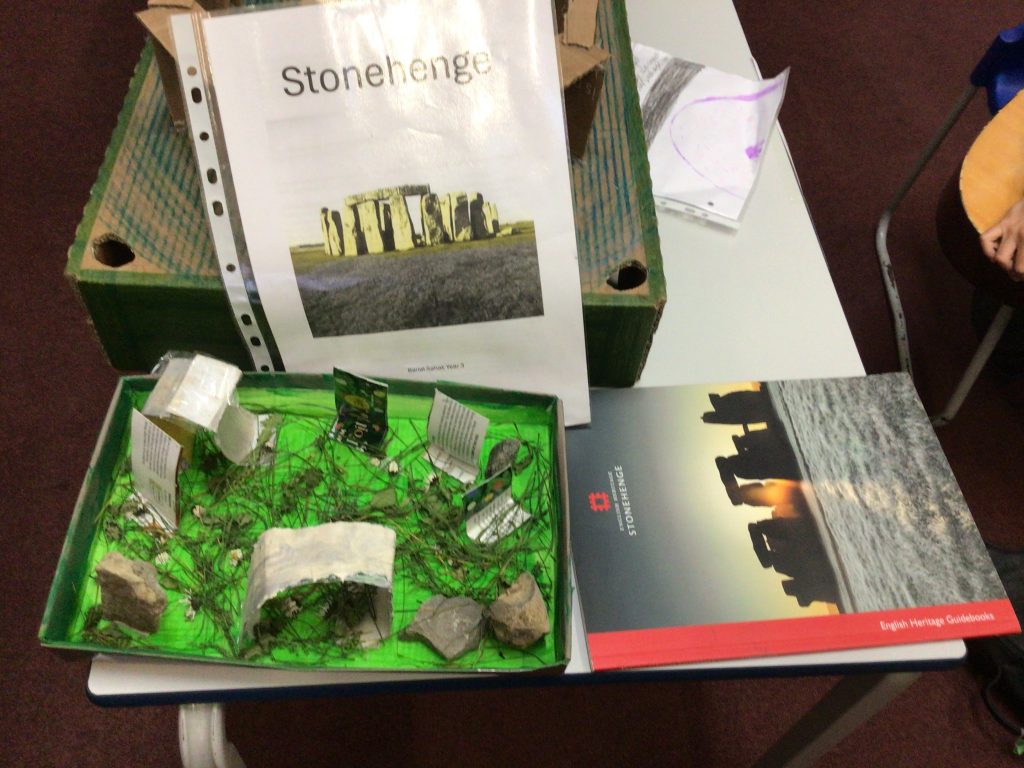
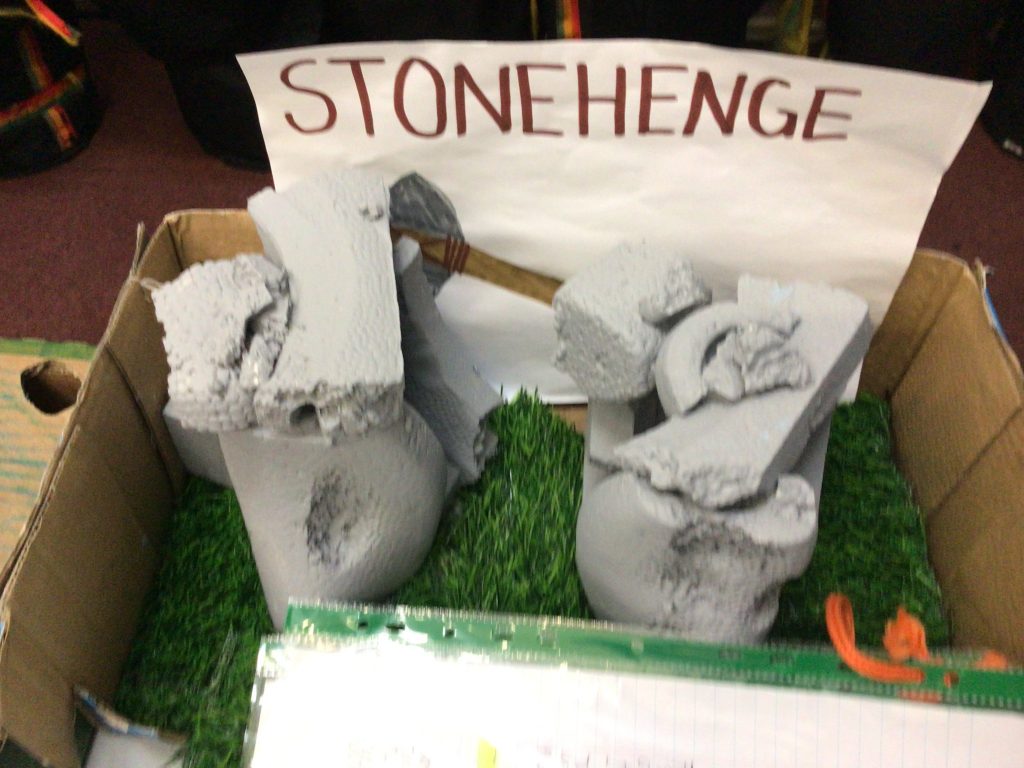
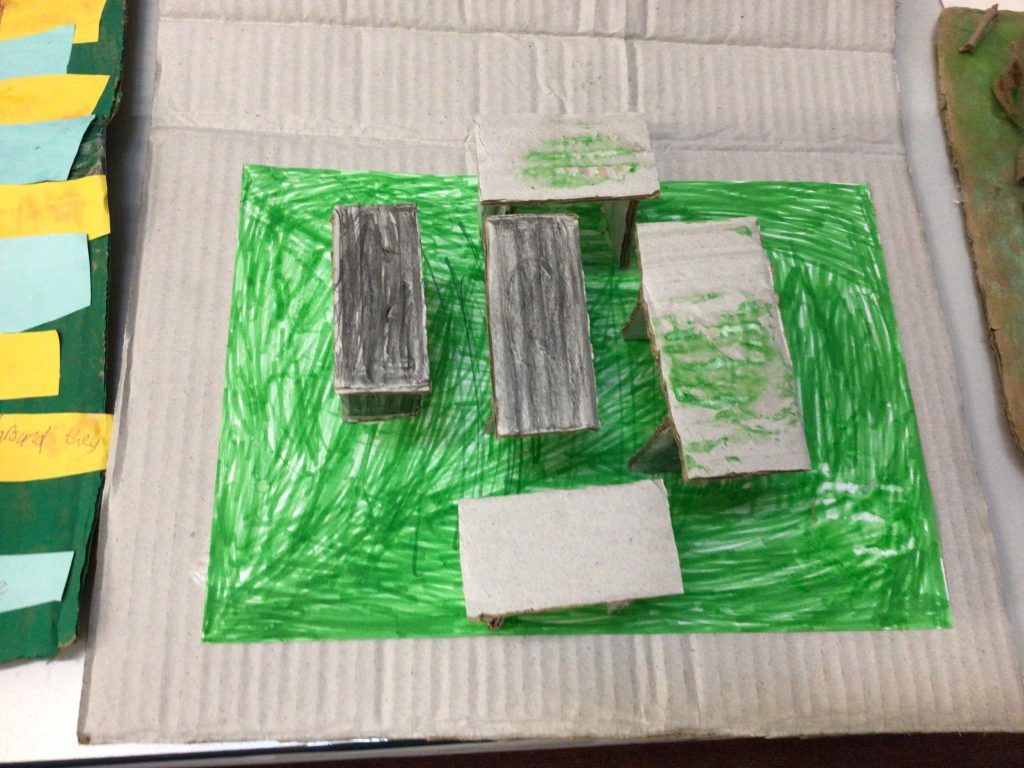
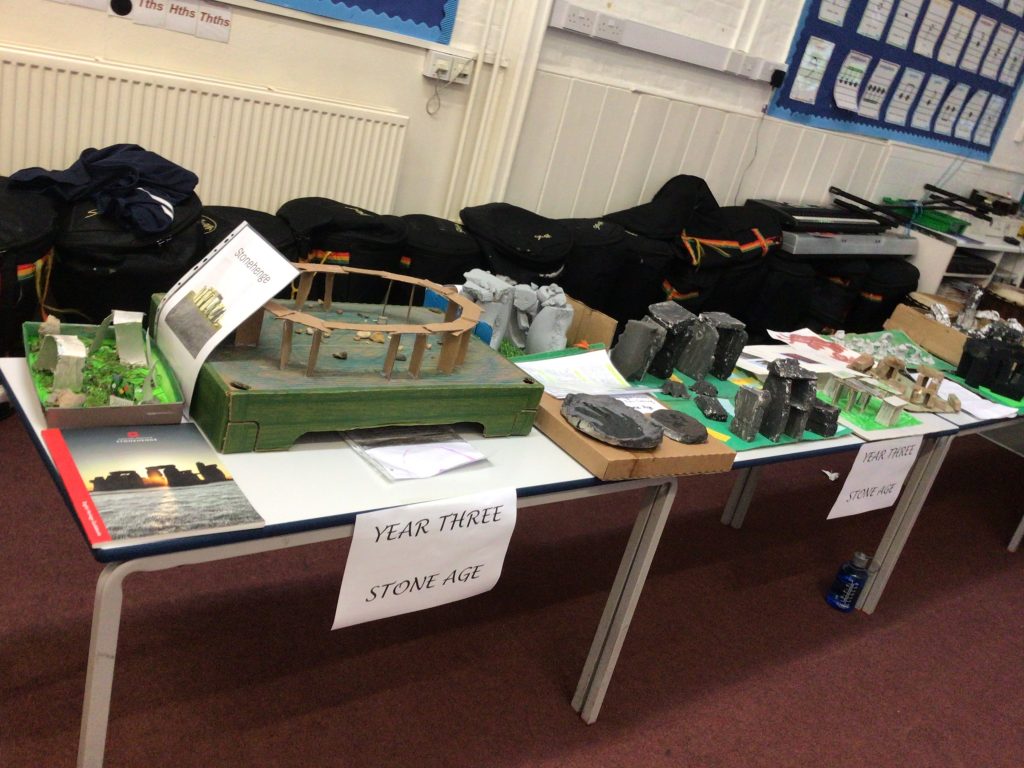
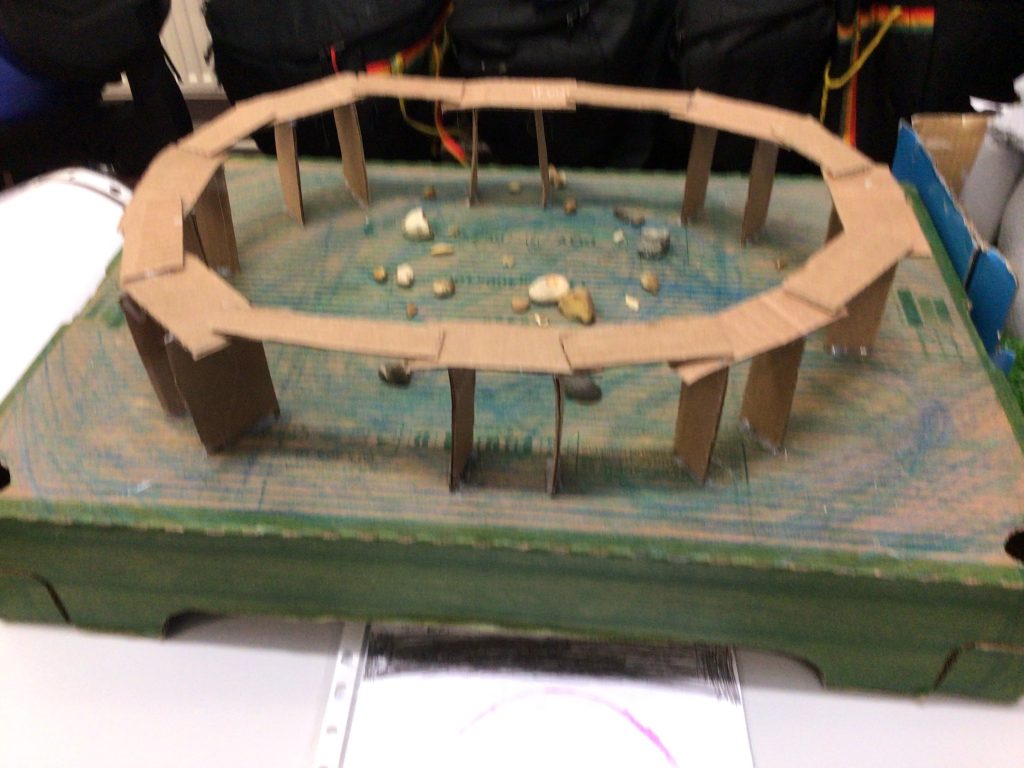
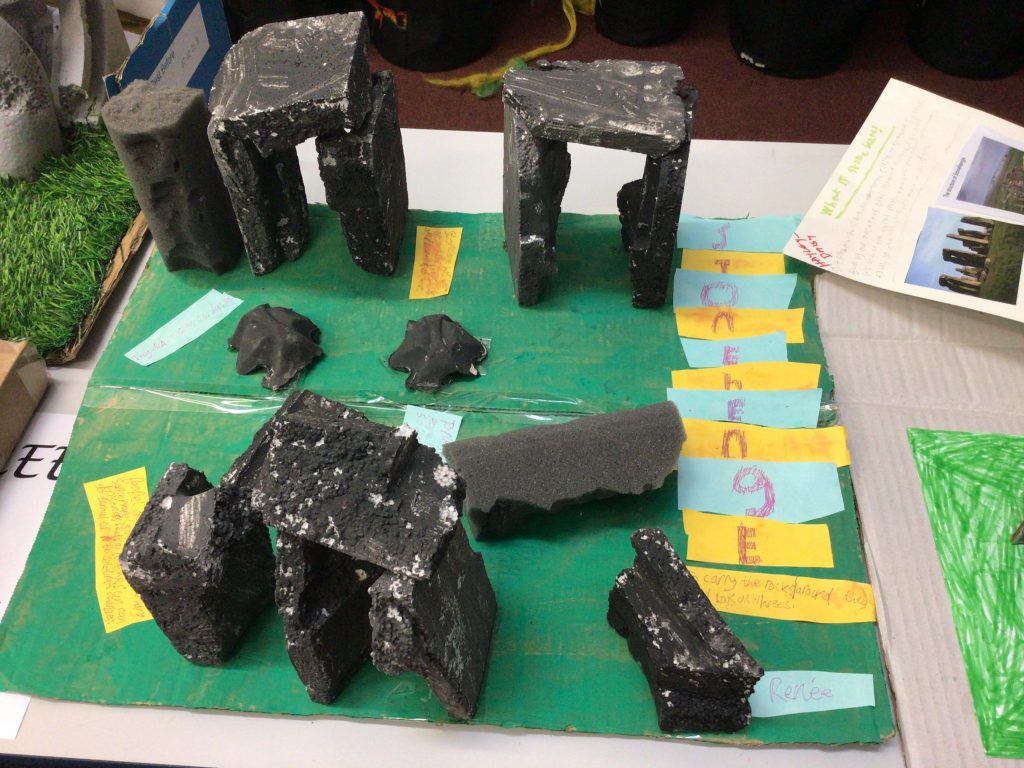
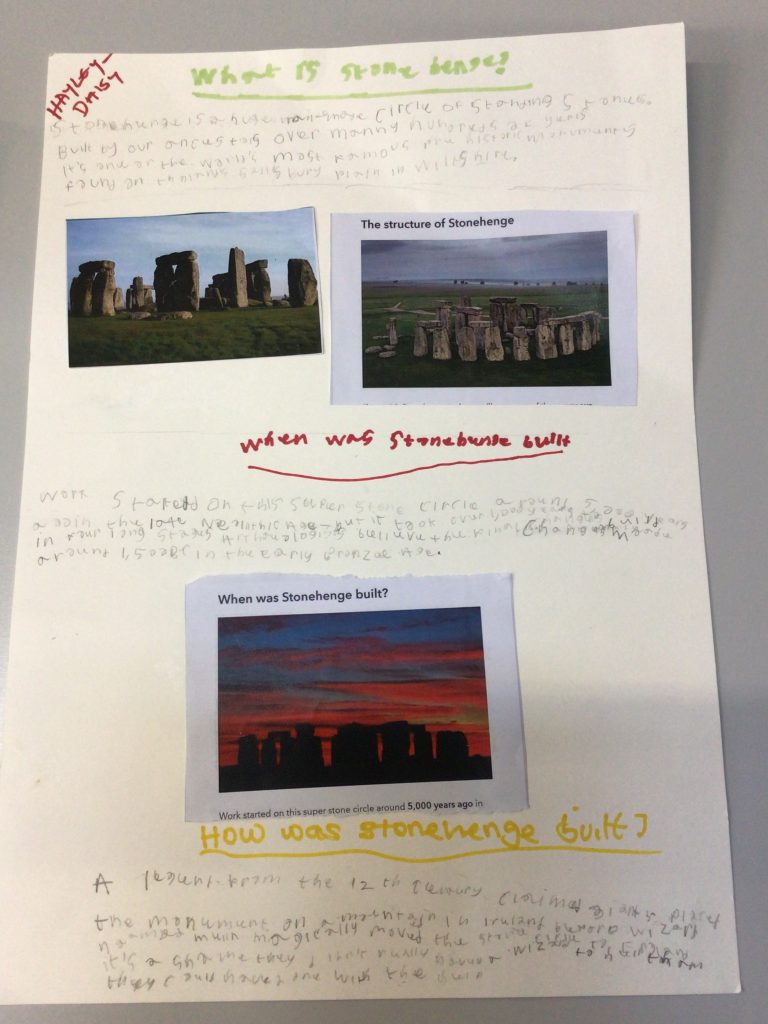

YEAR FOUR – ROMANS
The Romans started as a small village and grew to become one of the largest empires the world has ever seen, stretching over centuries. At its most powerful, the Roman Empire spread across Europe, parts of North Africa and the Middle East. Its army was one of the most organised and skilful ever created.
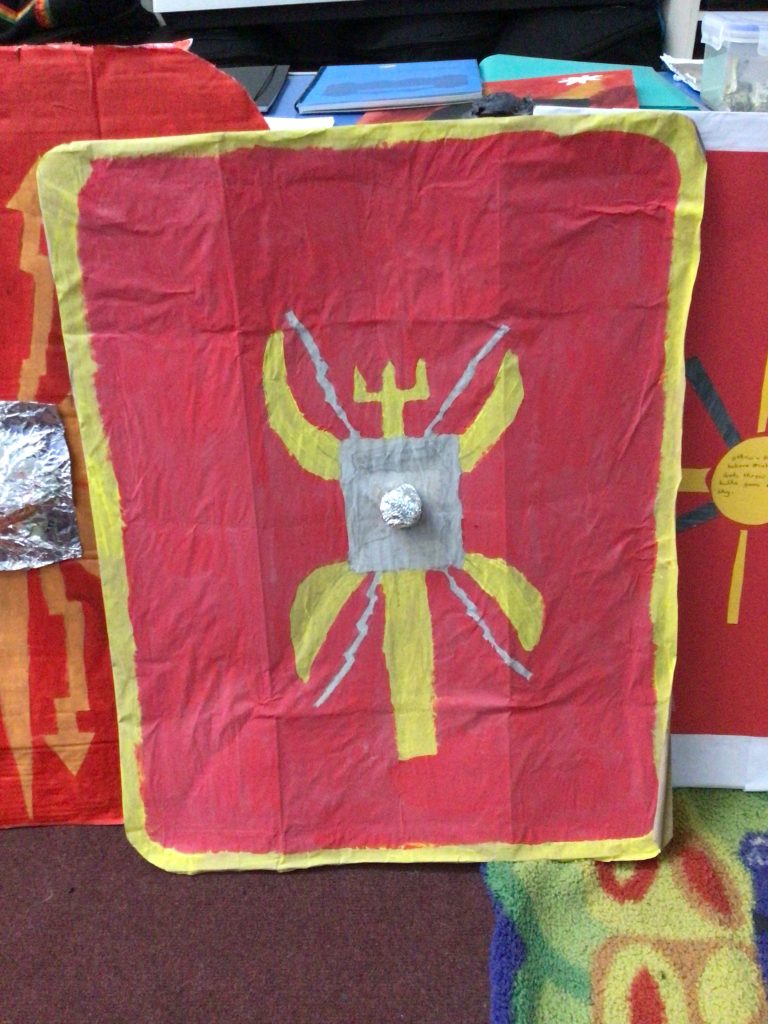
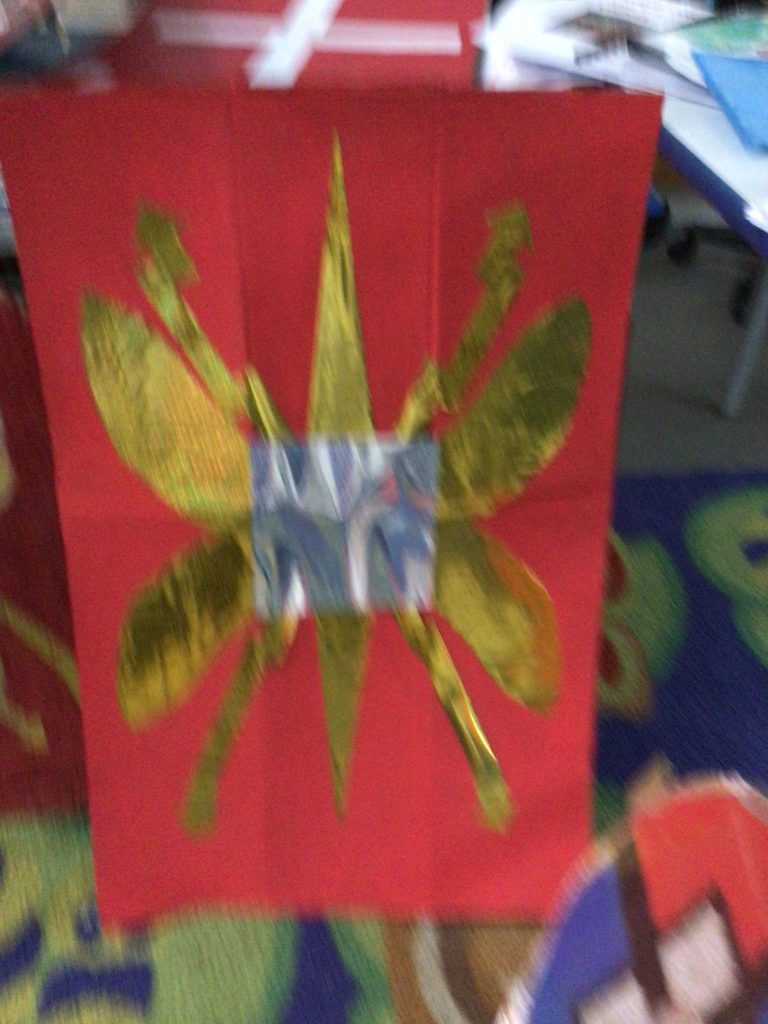
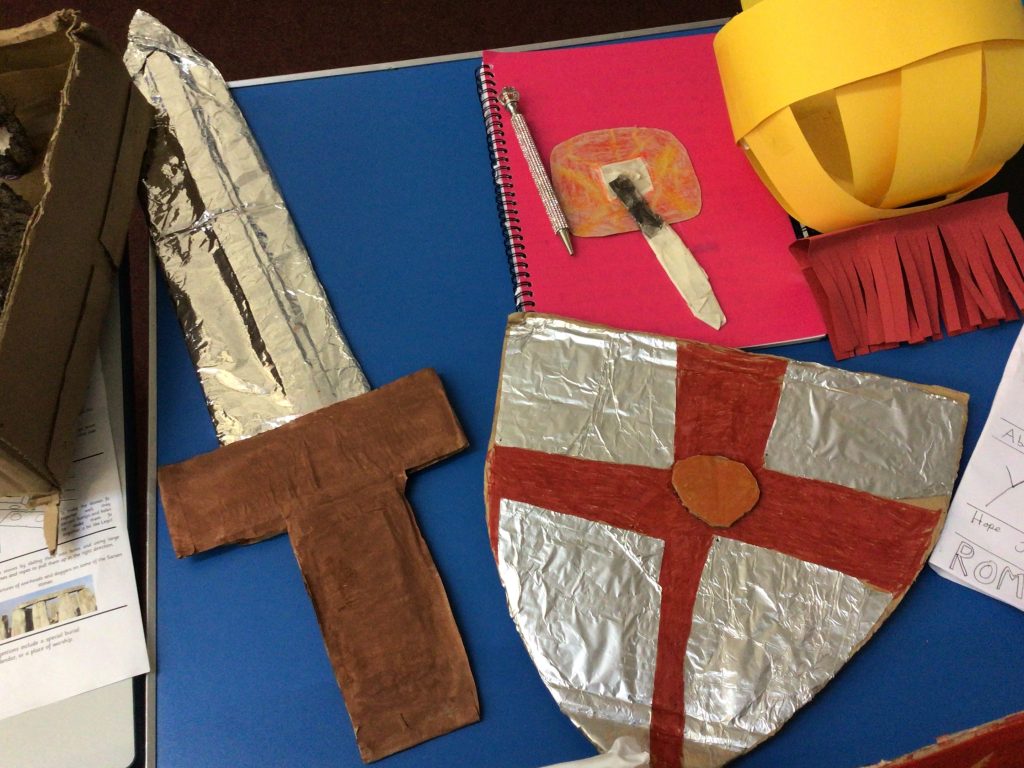
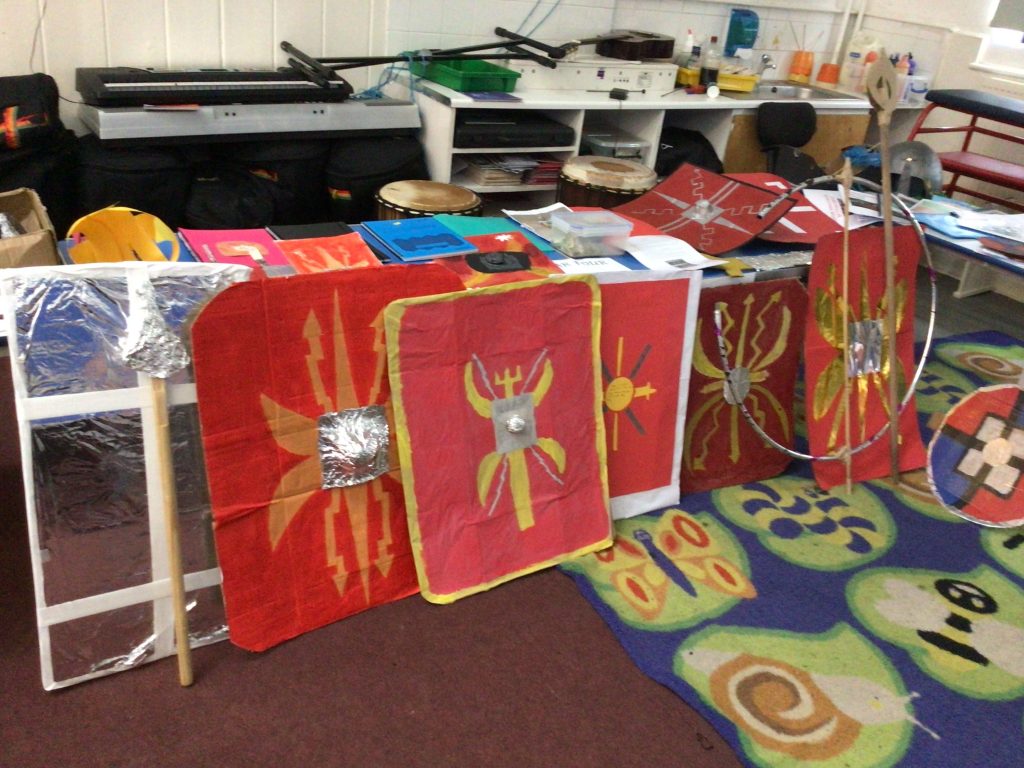
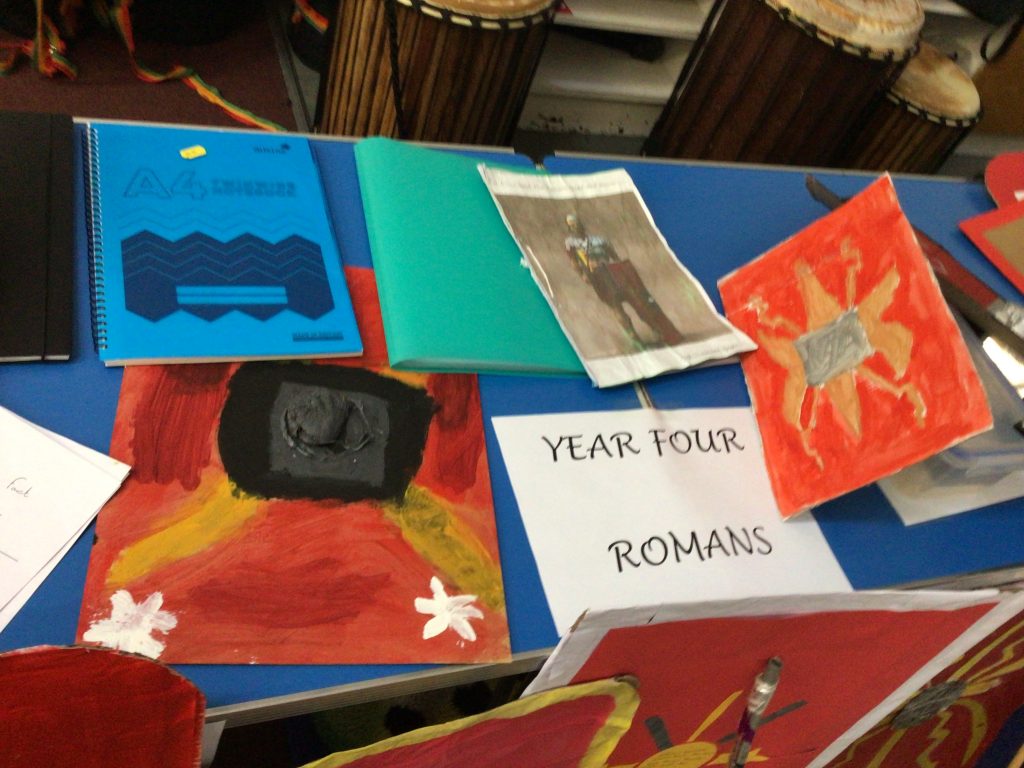
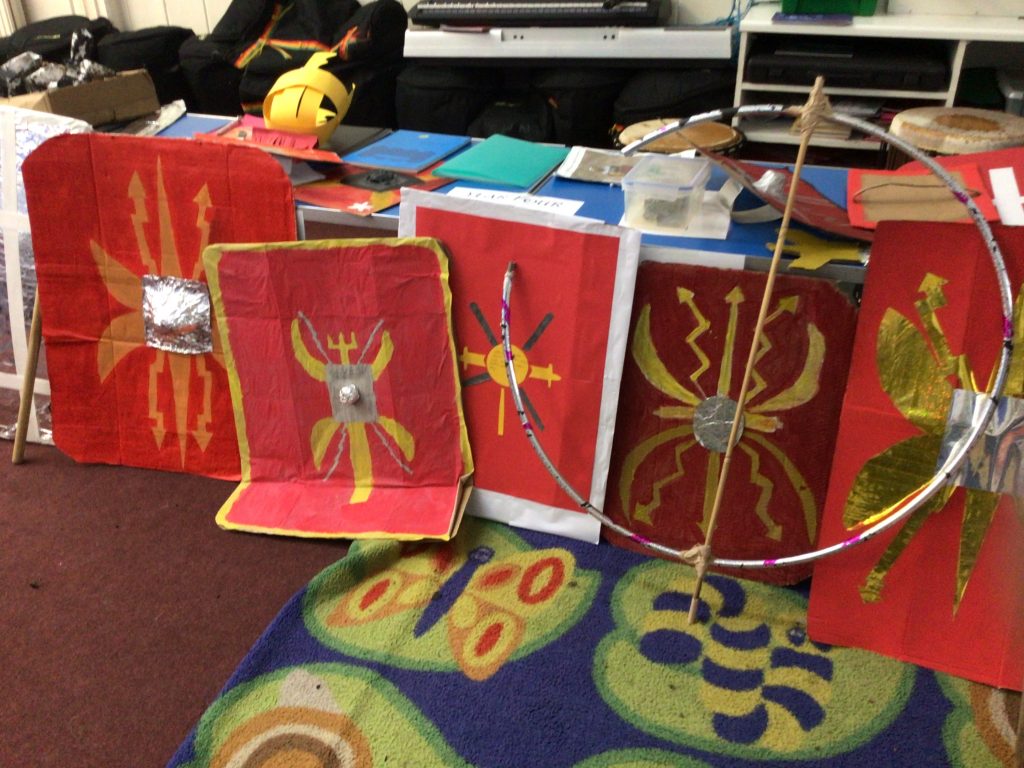
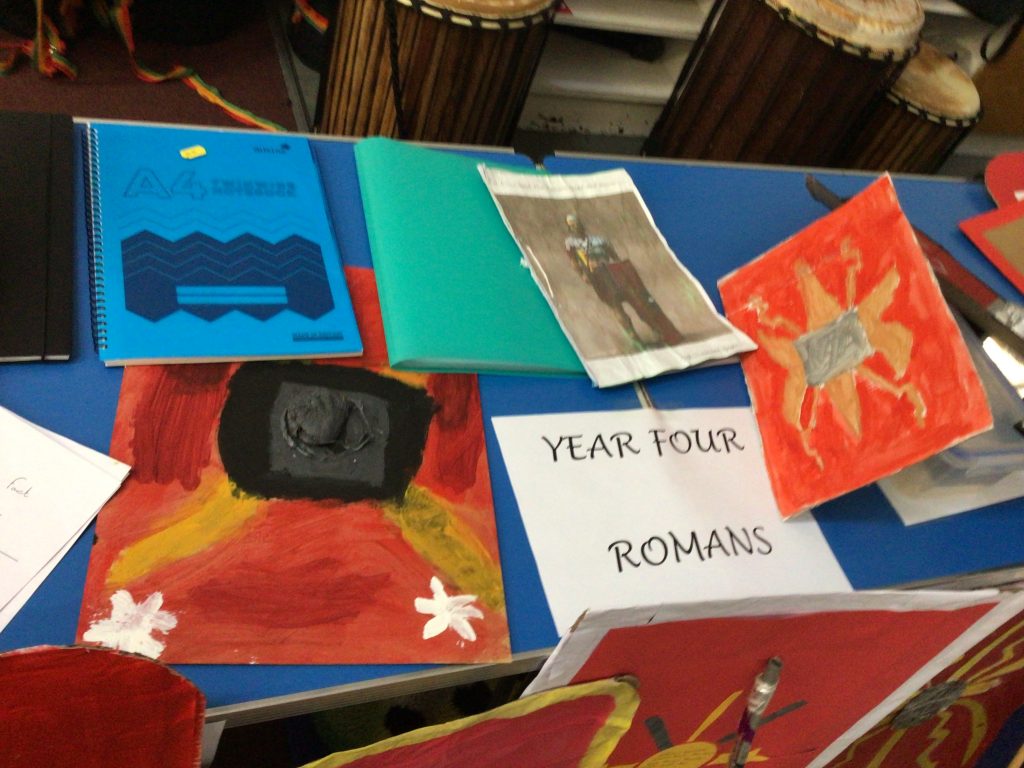
YEAR FIVE – ANGLO-SAXONS AND THE VIKINGS
The Vikings, from Scandinavia, were excellent sailors, explorers and warriors. They colonised large parts of Europe between 790 and 1100 CE and were involved in a long and bloody battle with the Anglo-Saxons for control of Britain. Also known as Norsemen (men from the north), the Vikings belonged to many different clans, led by chiefs who ruled over the lands they had conquered. After battles, the Vikings often forced local rulers to pay a tribute called Danegeld (meaning Danish tax) – a large amount of money that had to be paid so that the Vikings would not attack the locals and destroy their land.
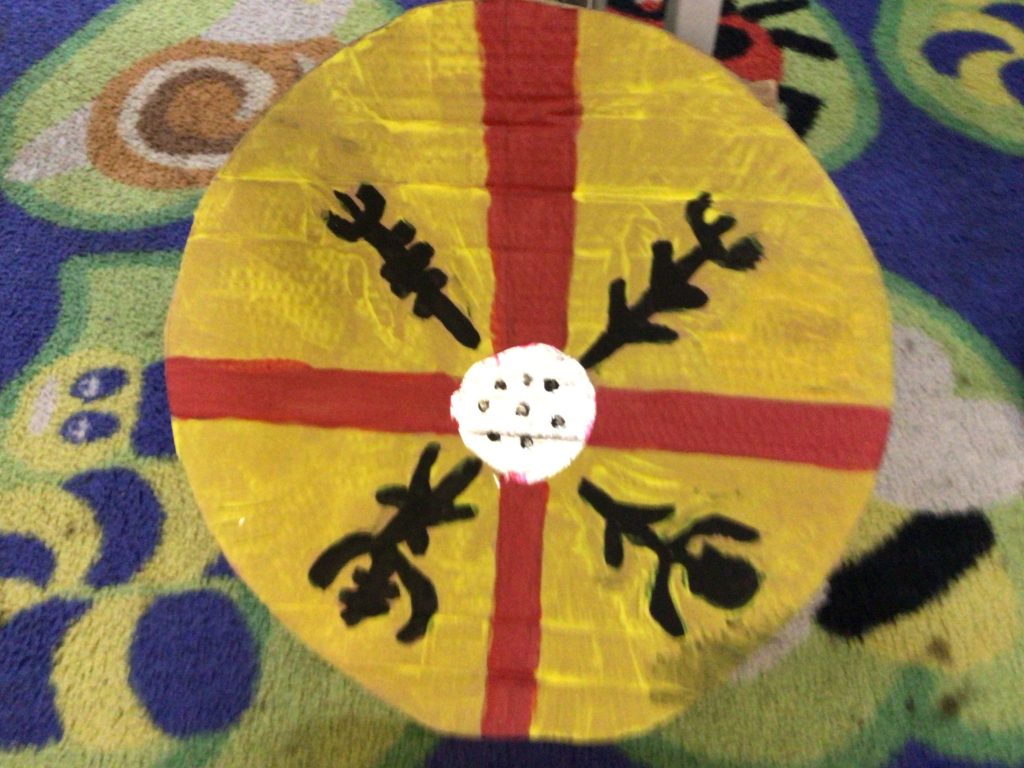
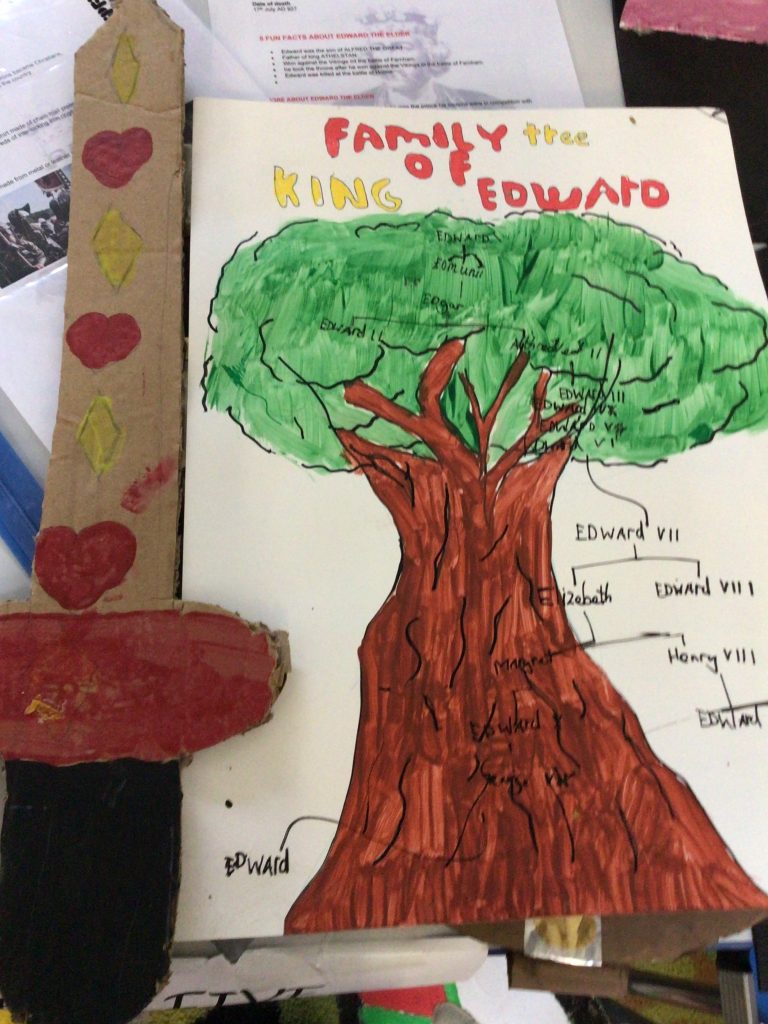
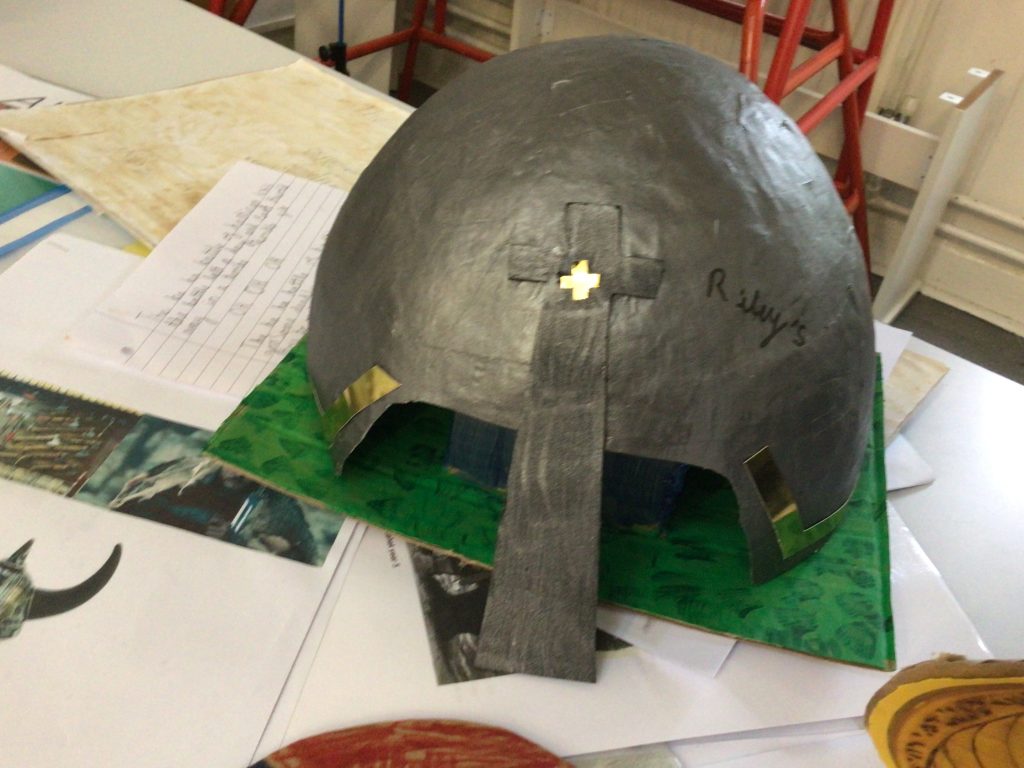
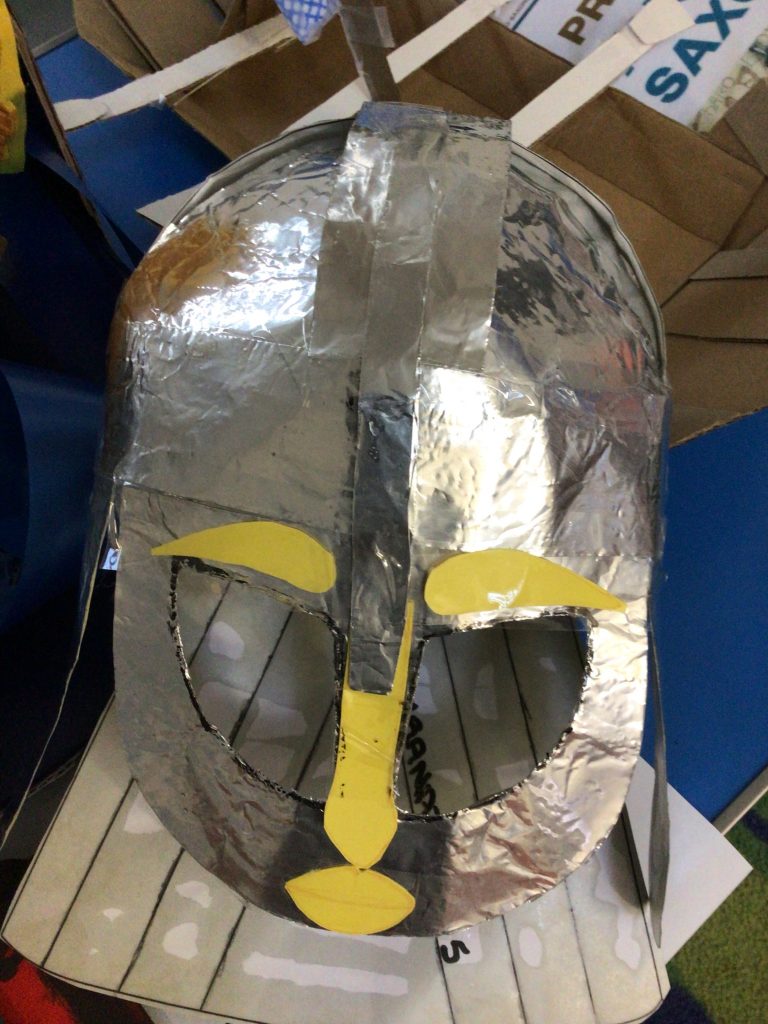
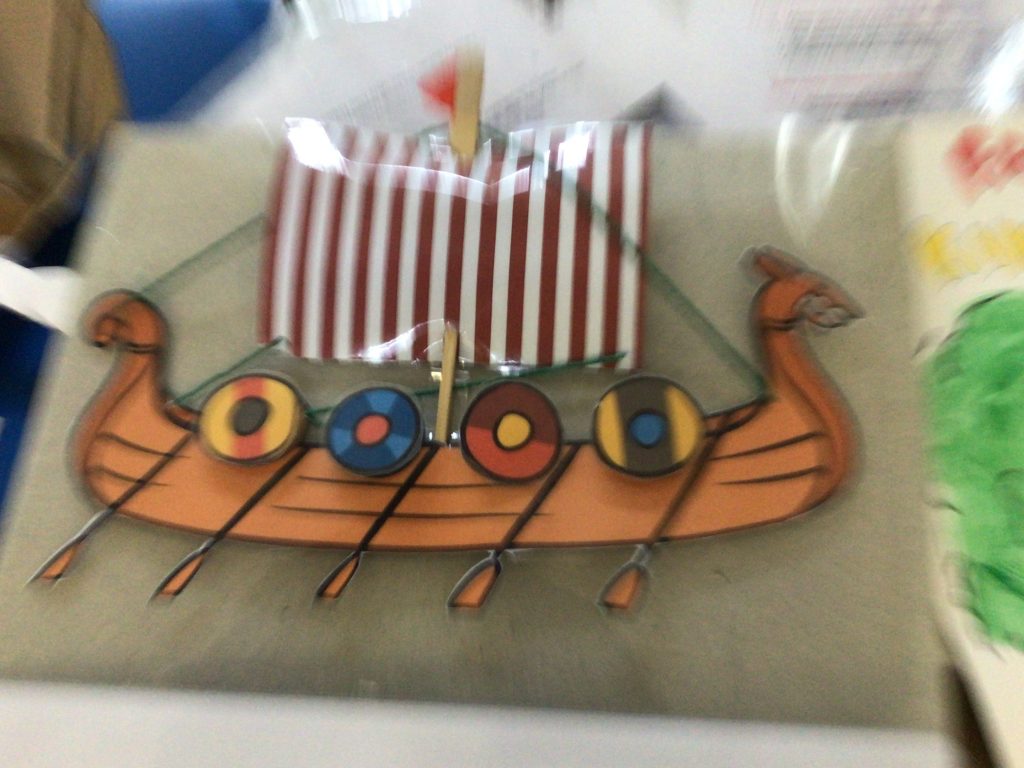
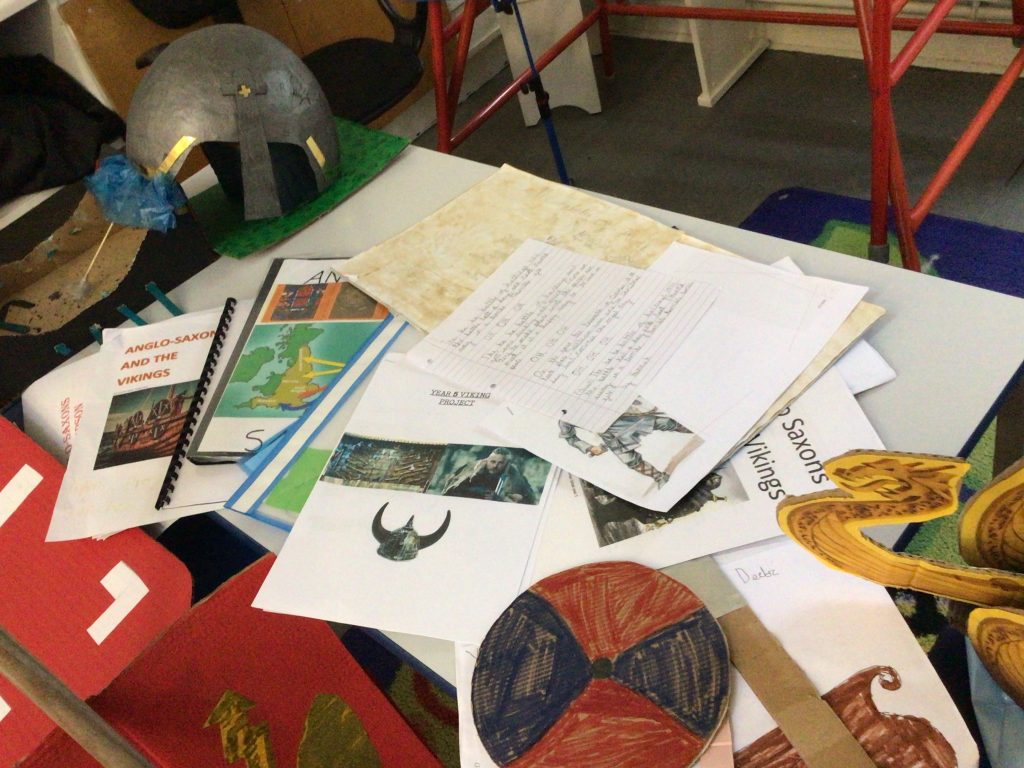
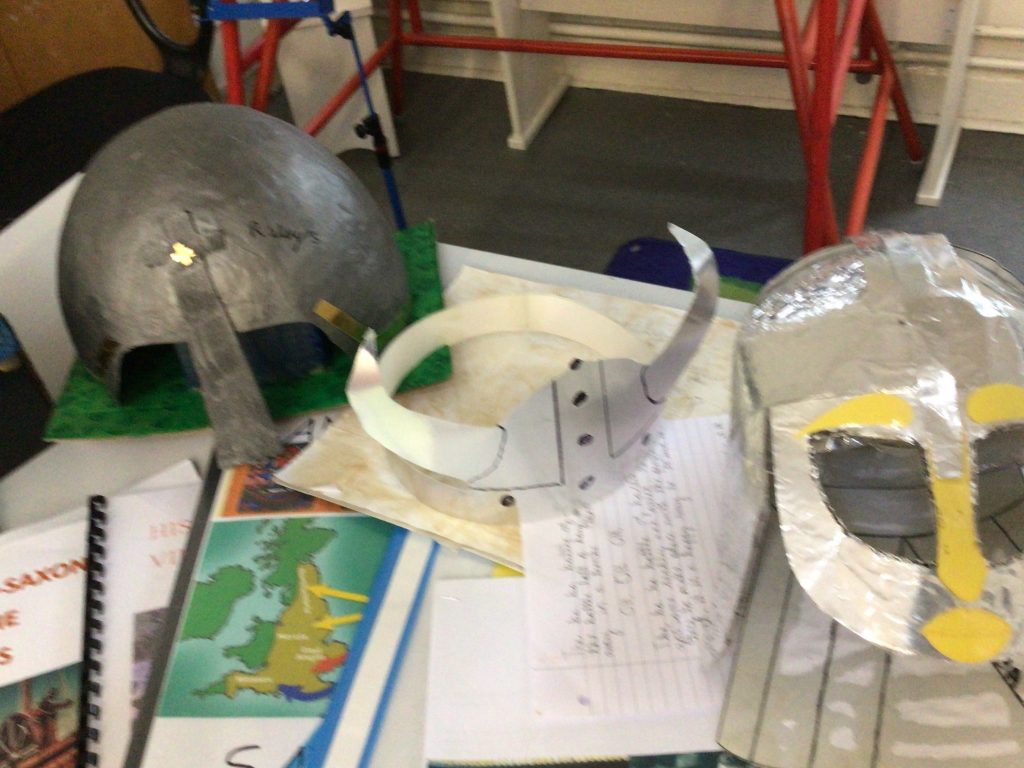
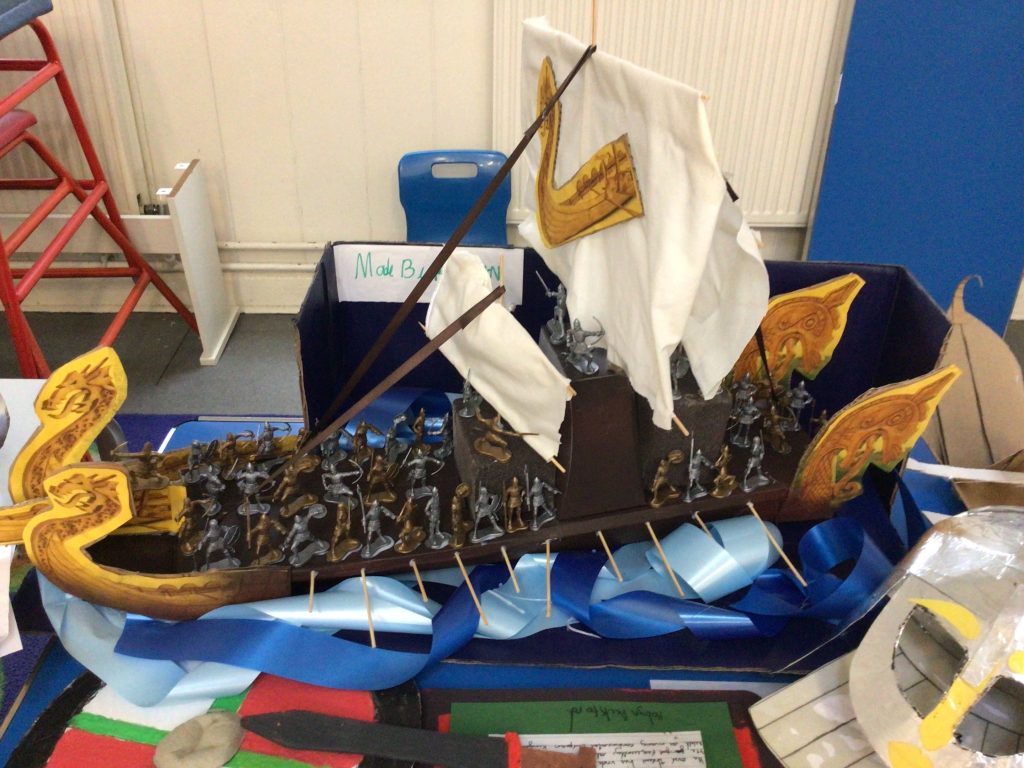
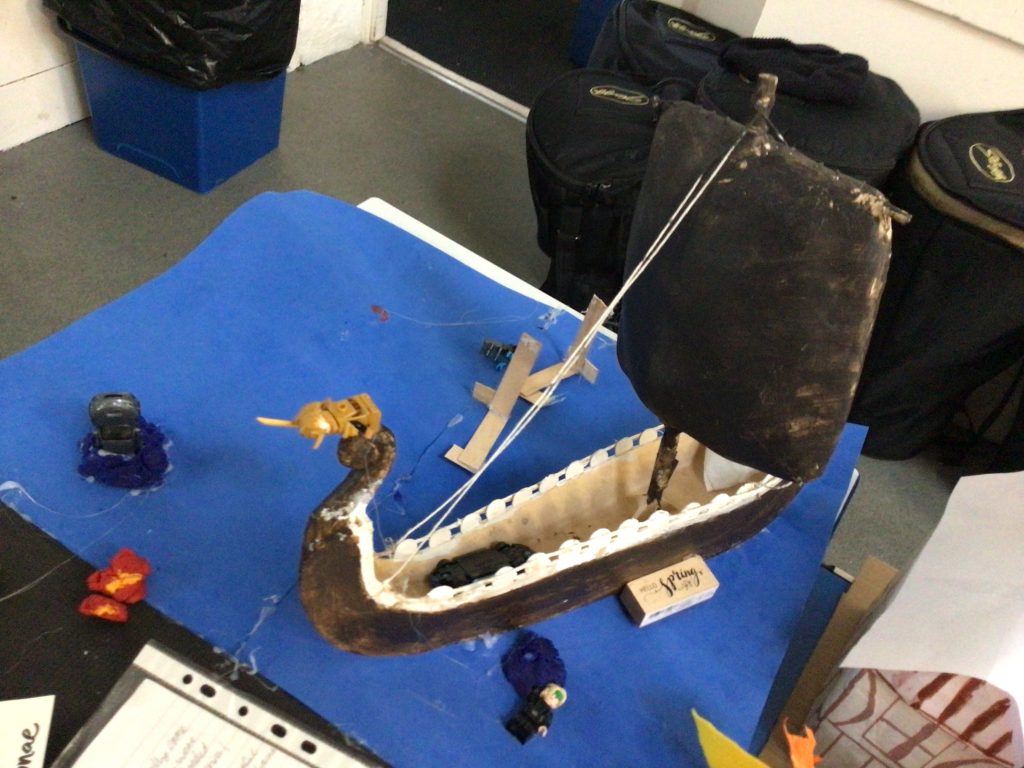
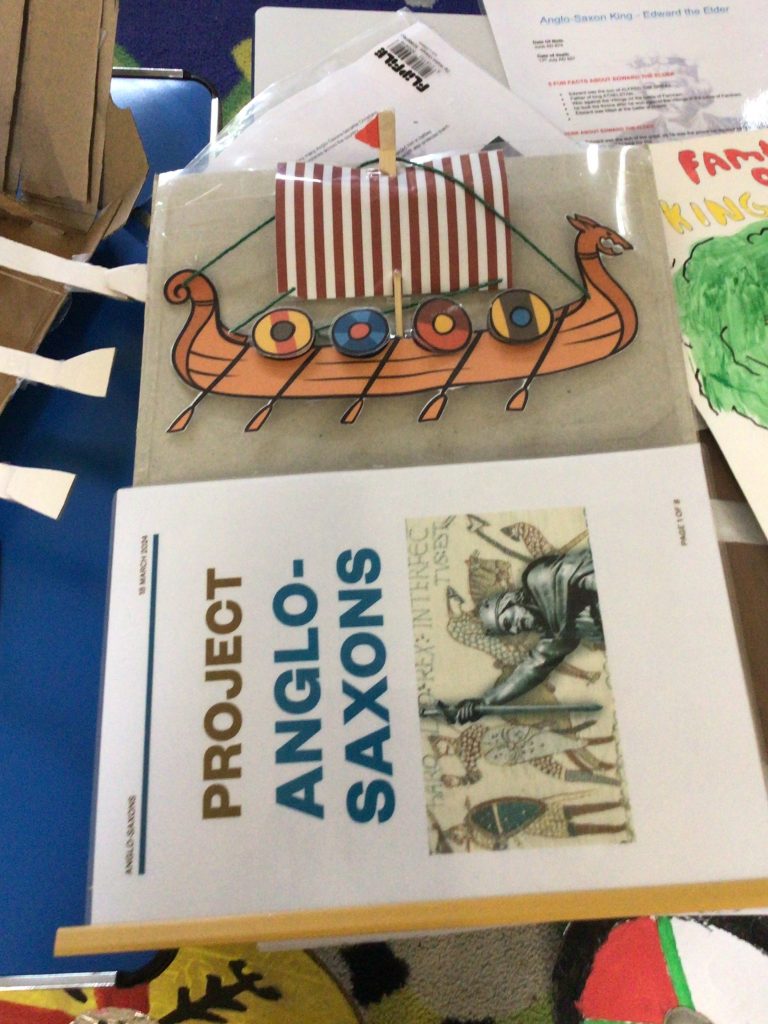

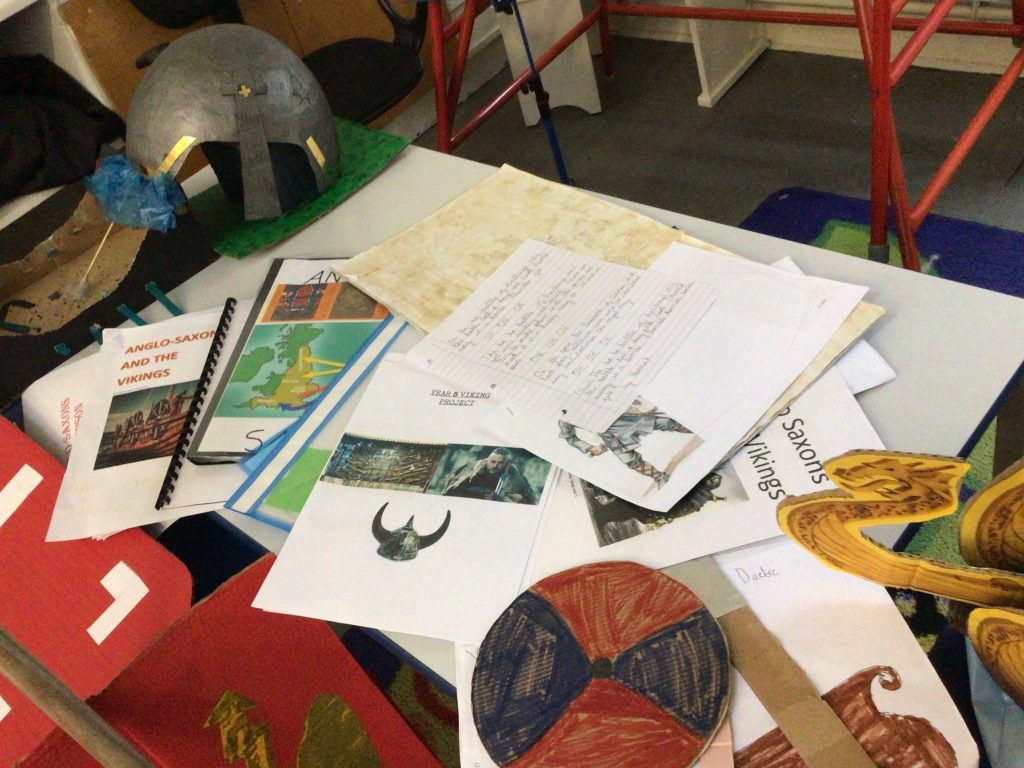
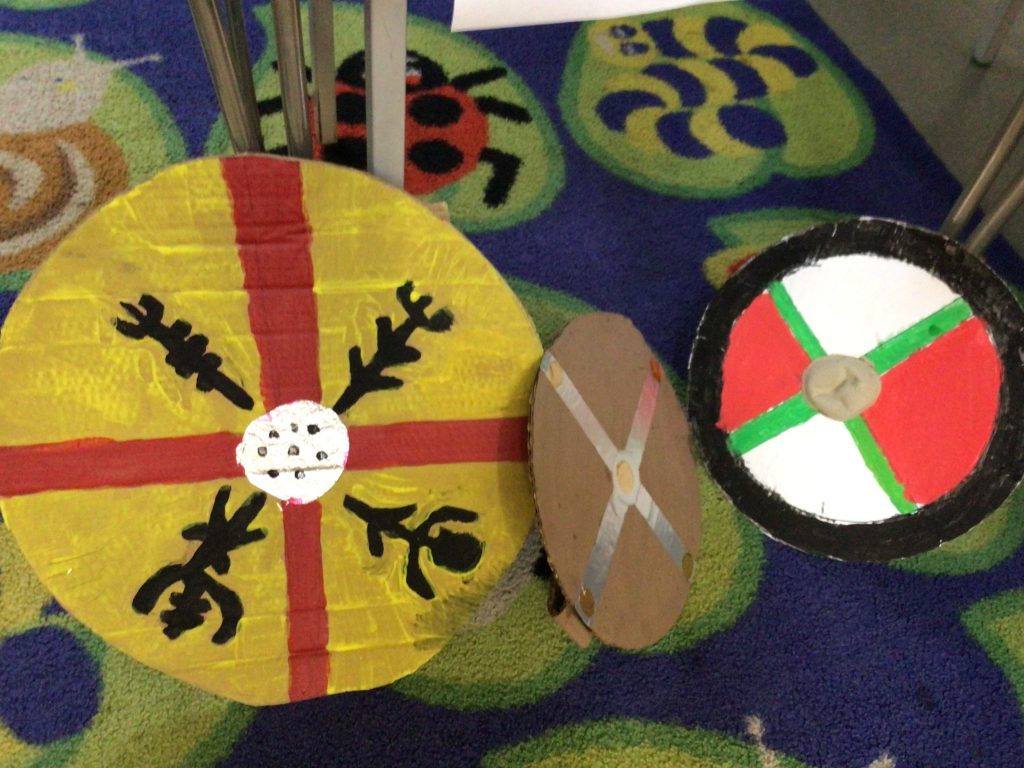
Thank you parents, carers and children for coming to the exhibition & having so much fun!
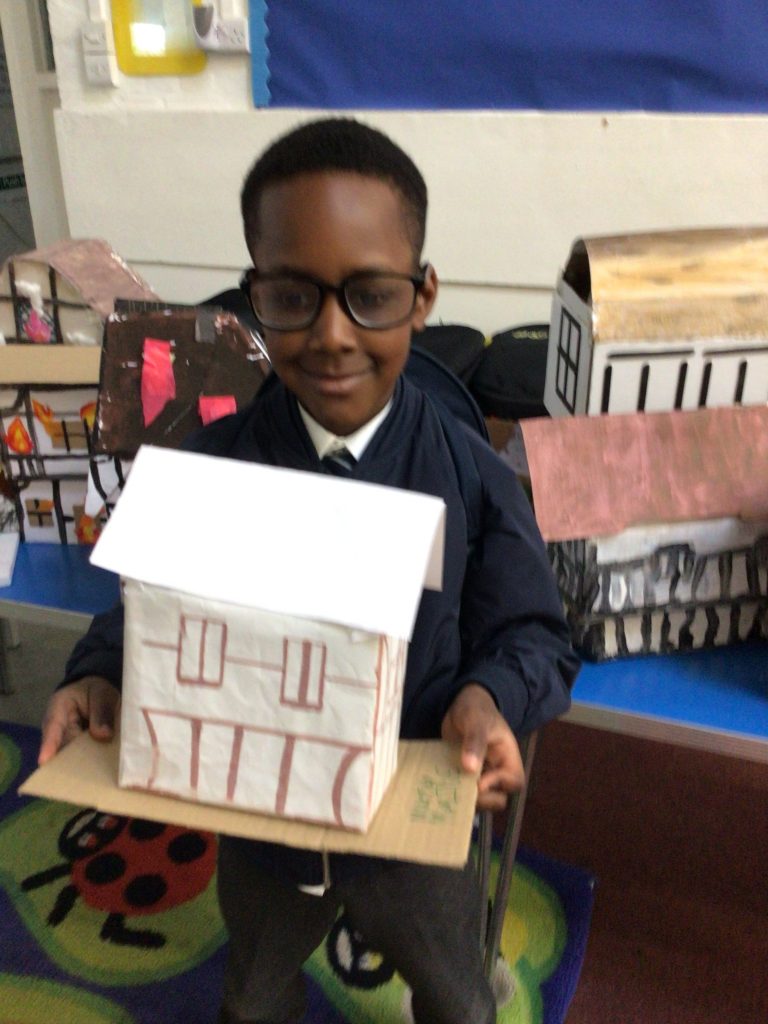
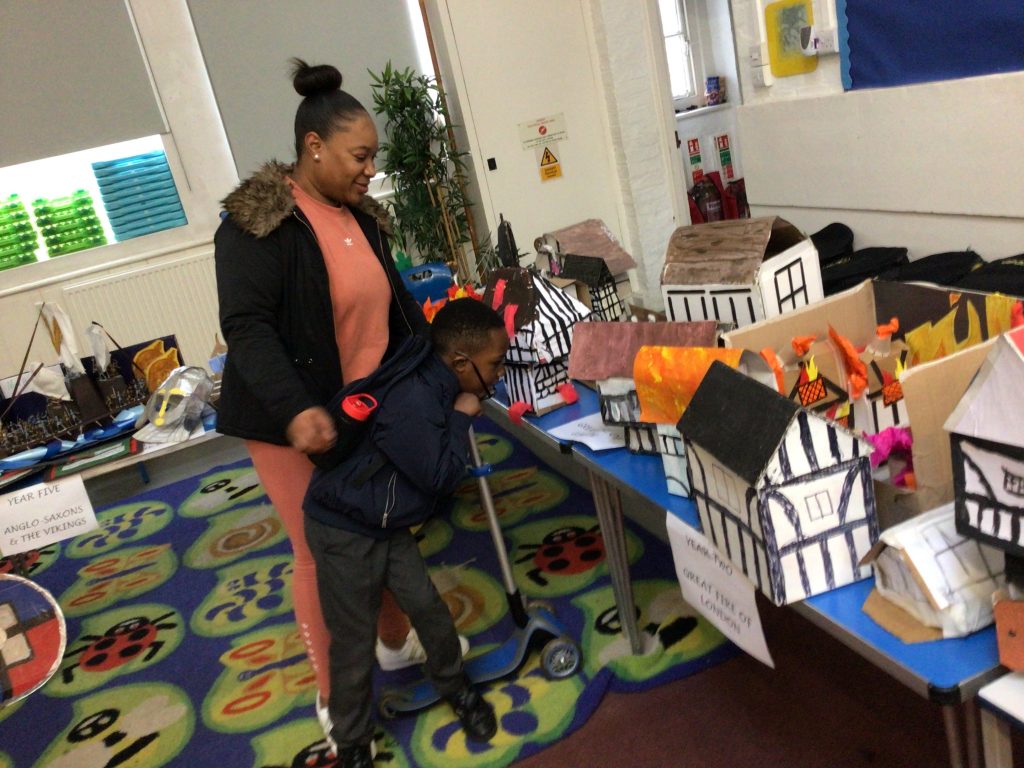
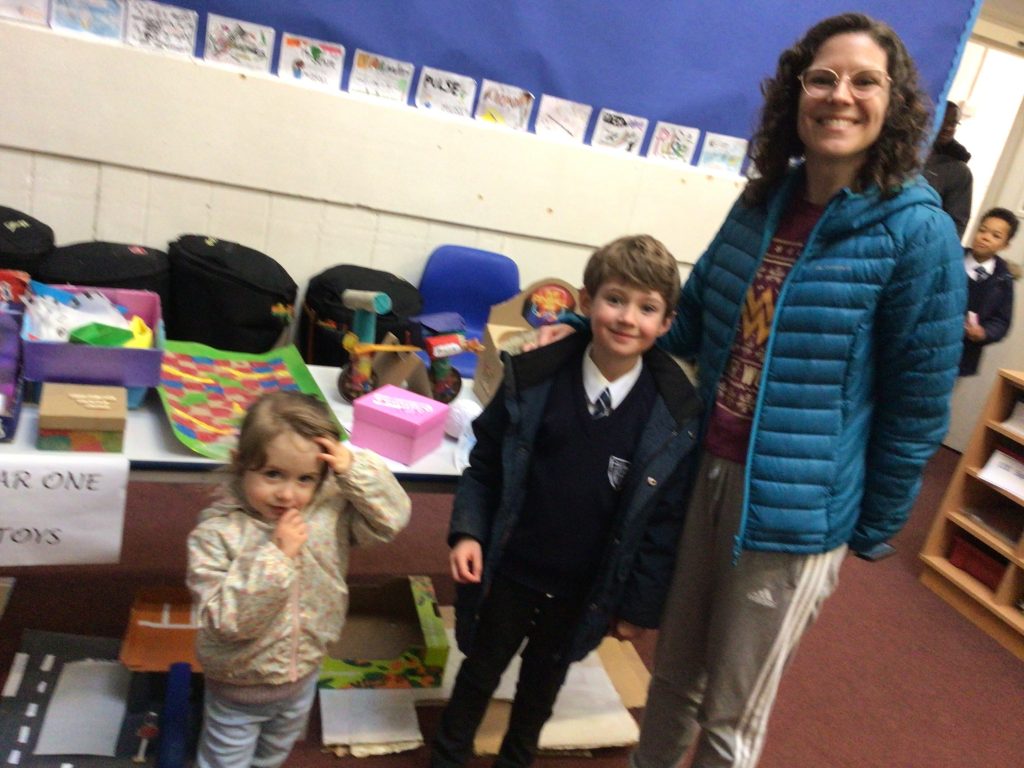

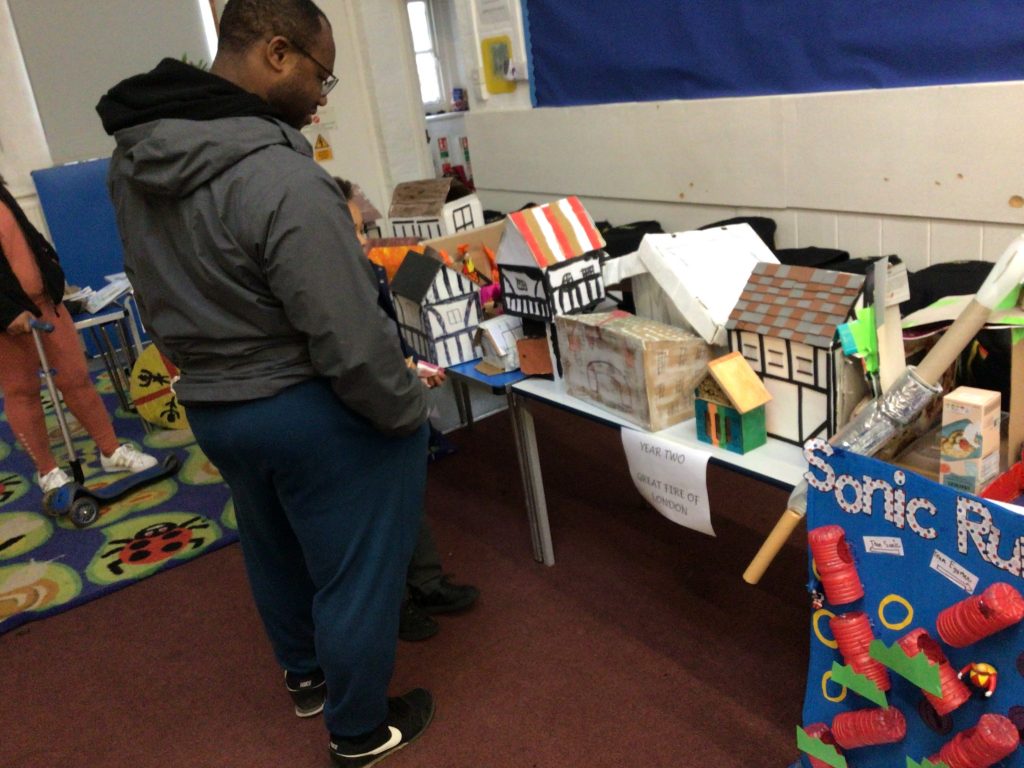
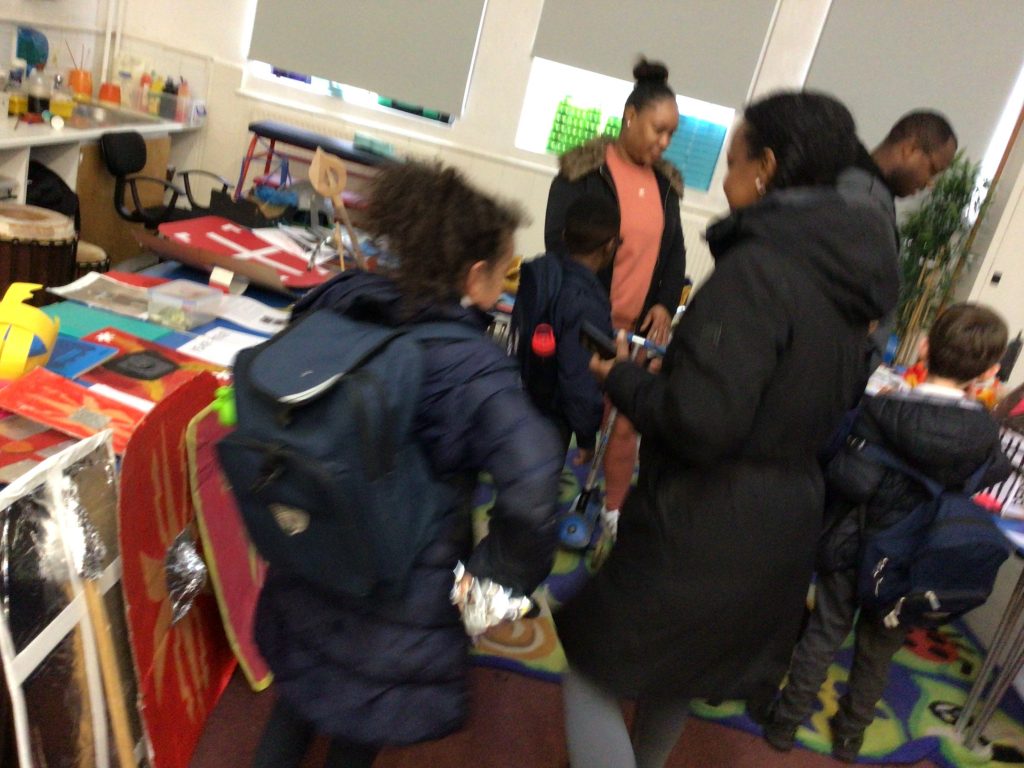
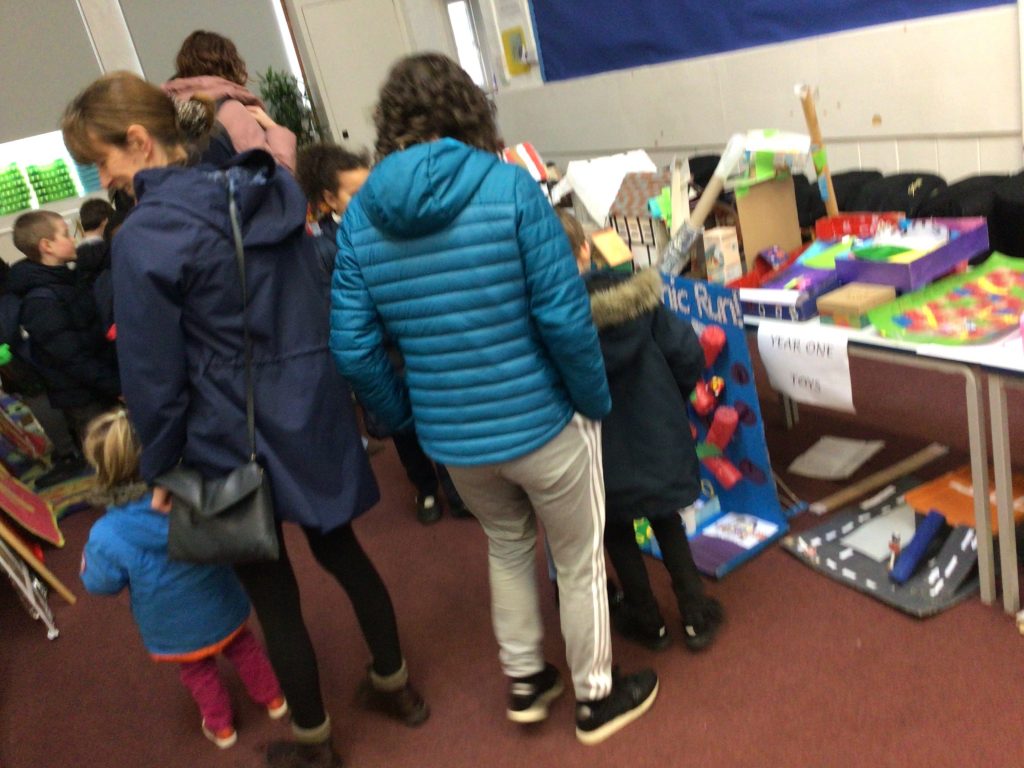
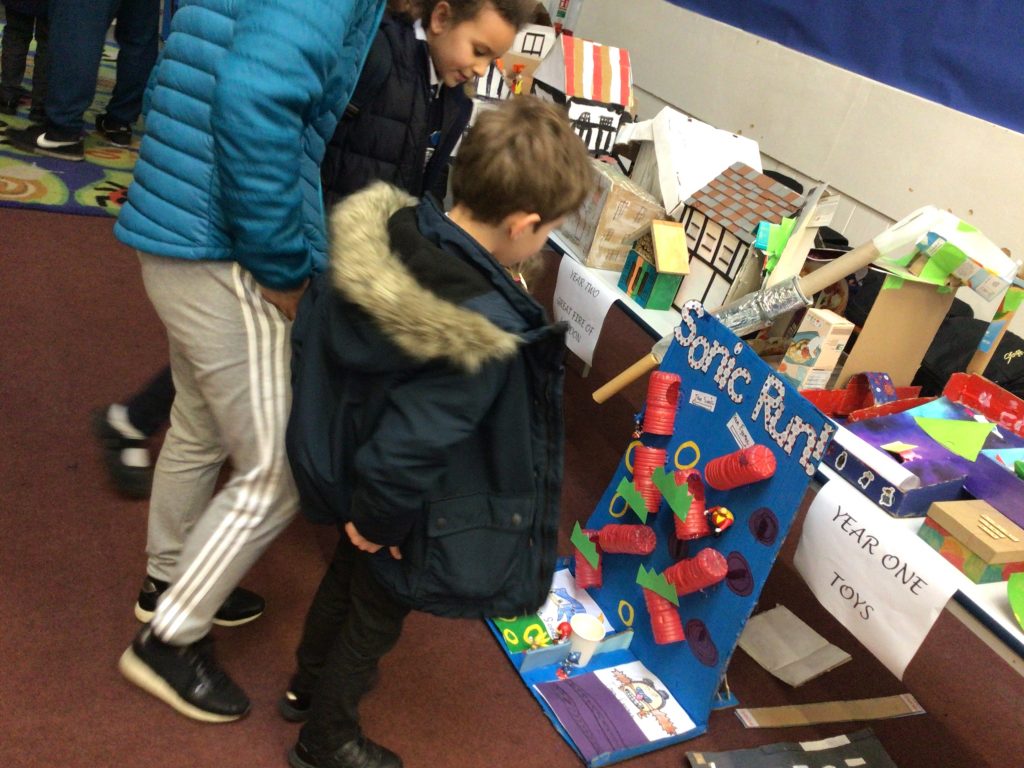
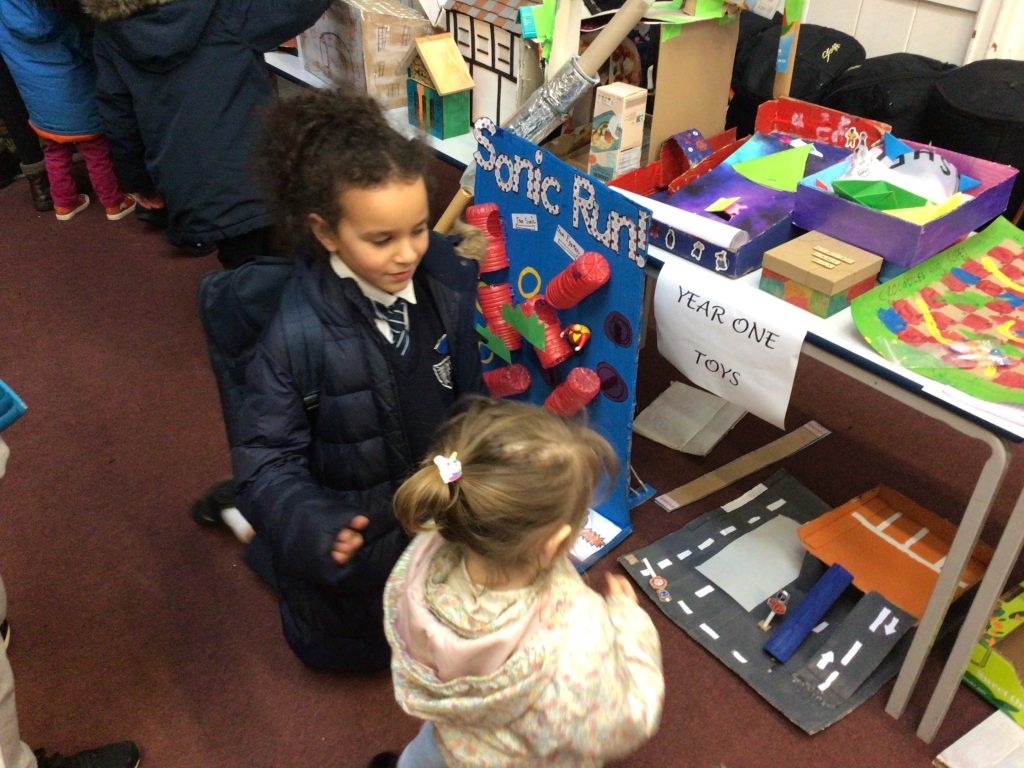
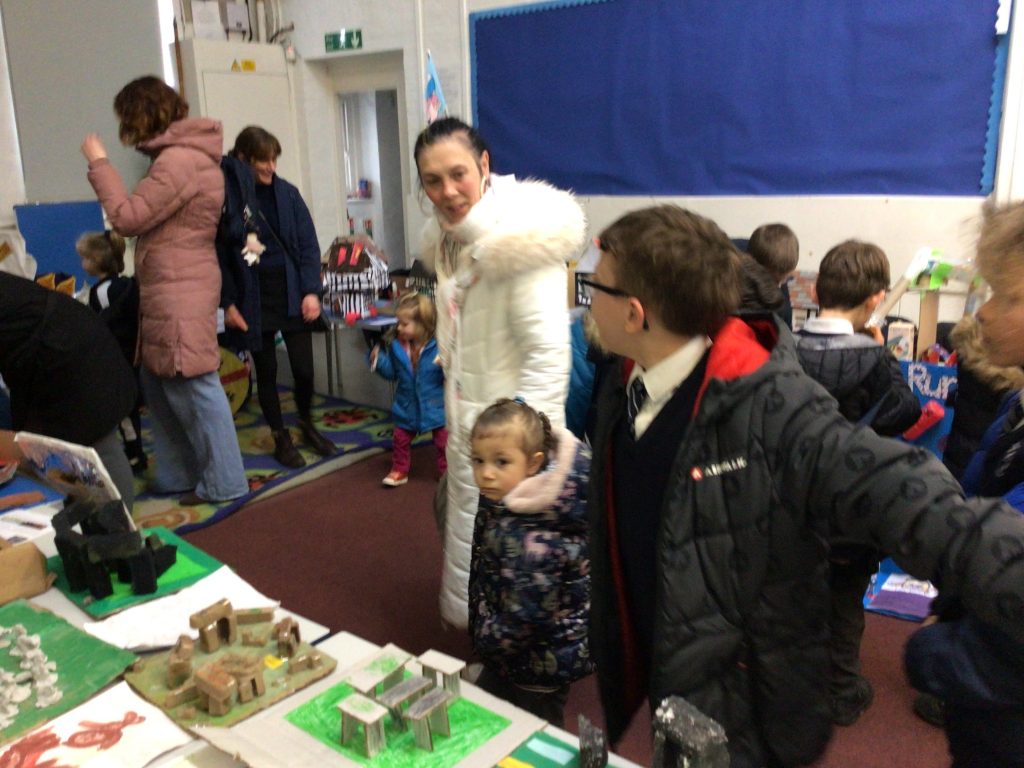
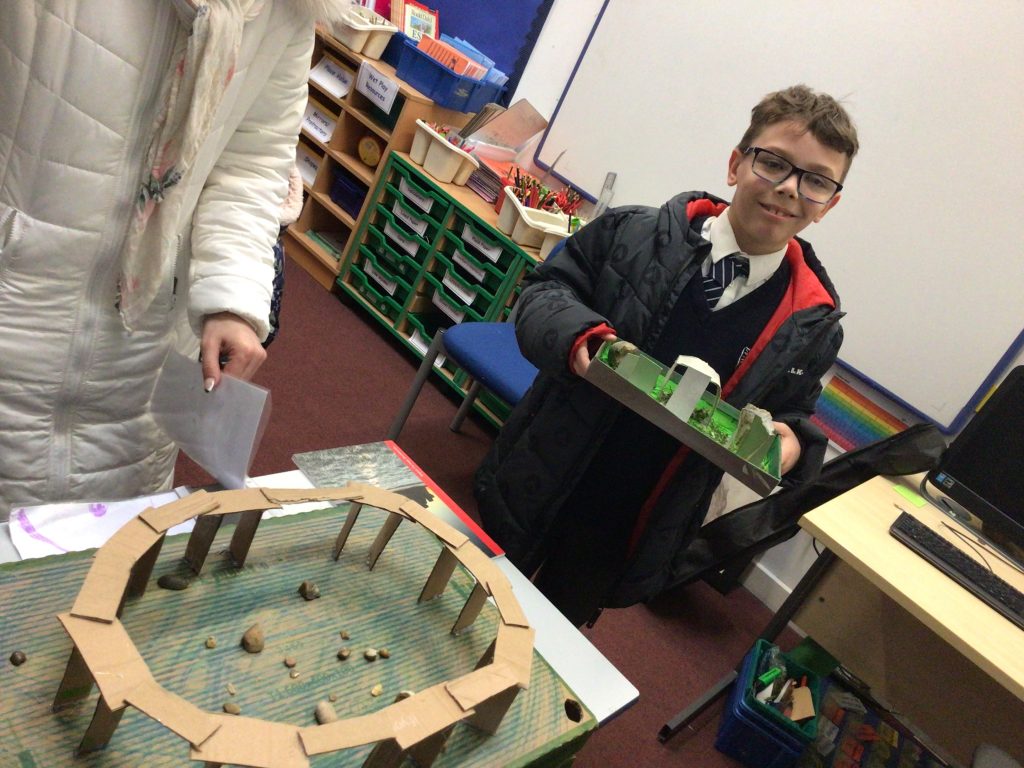
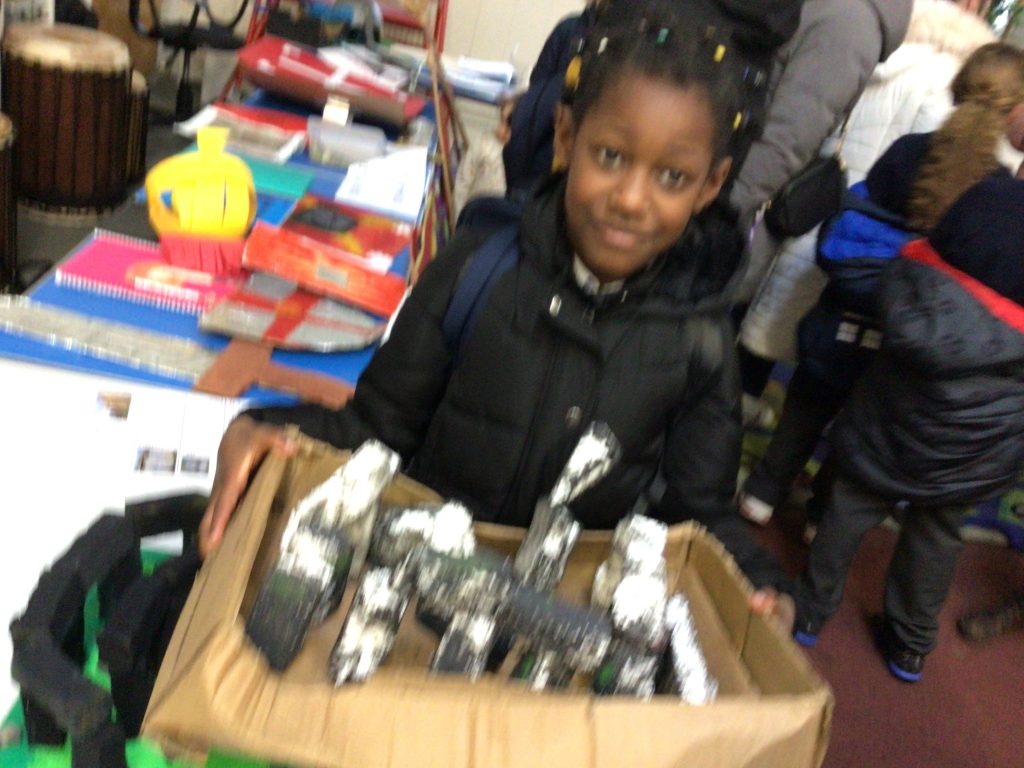
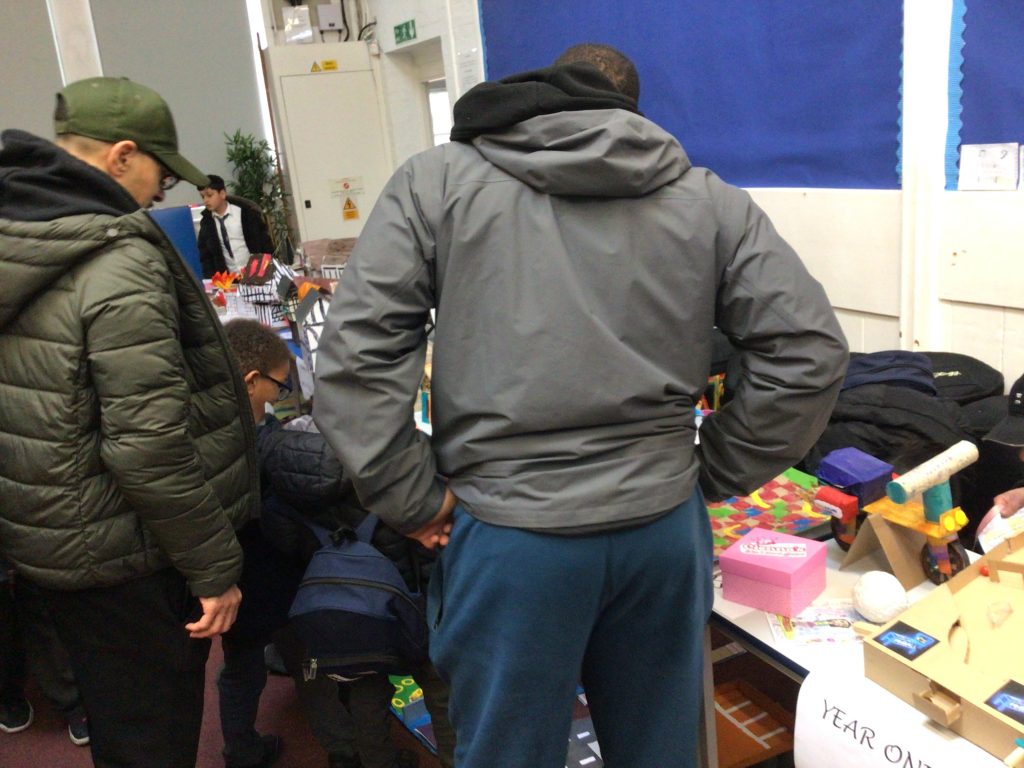
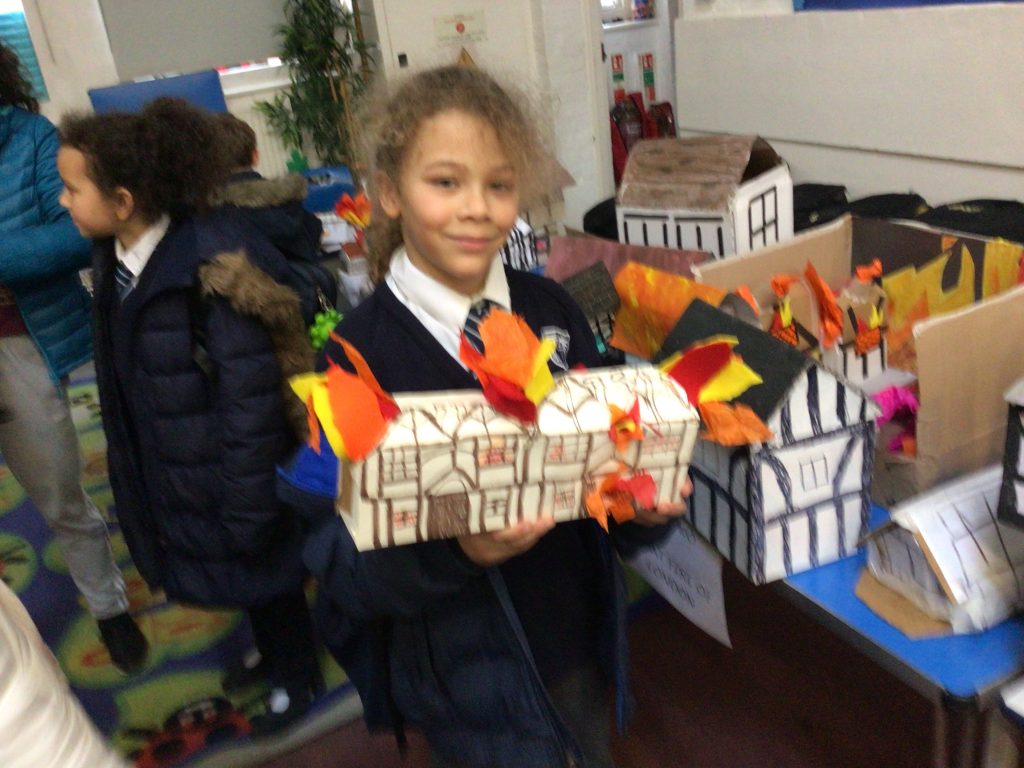
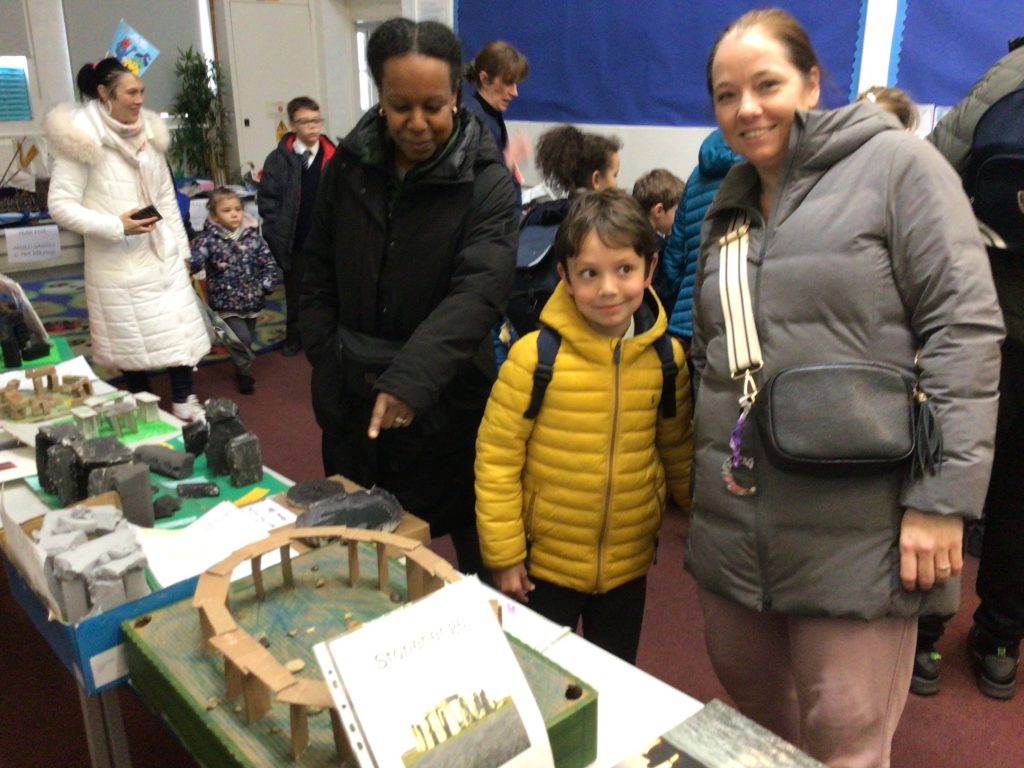
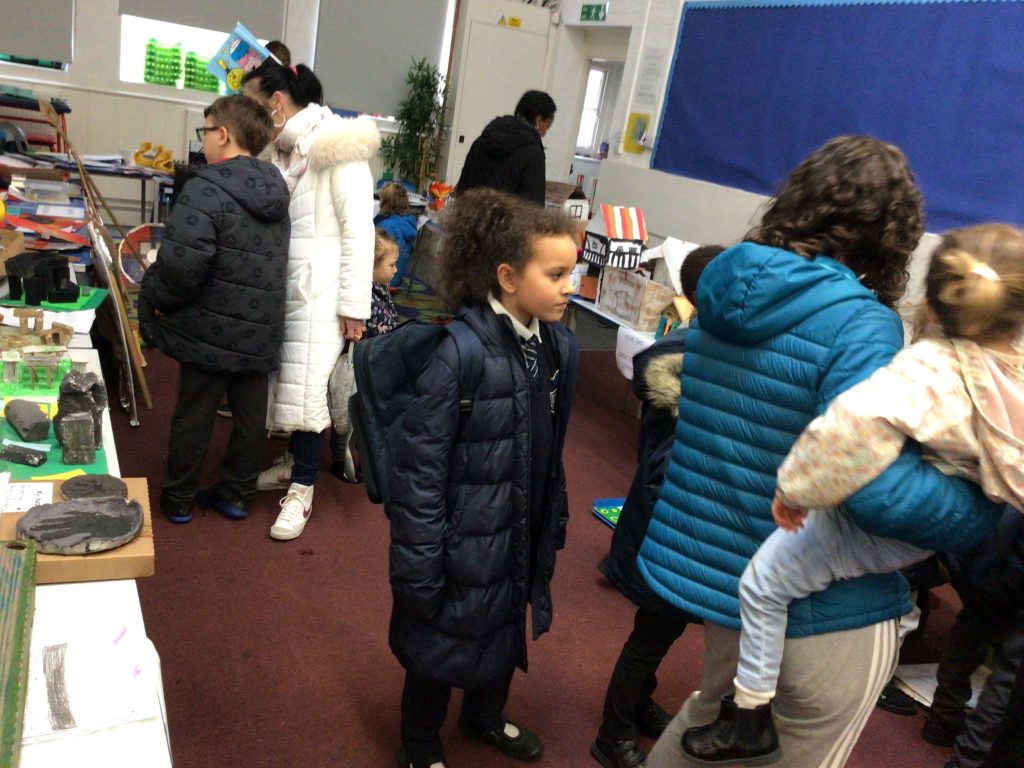
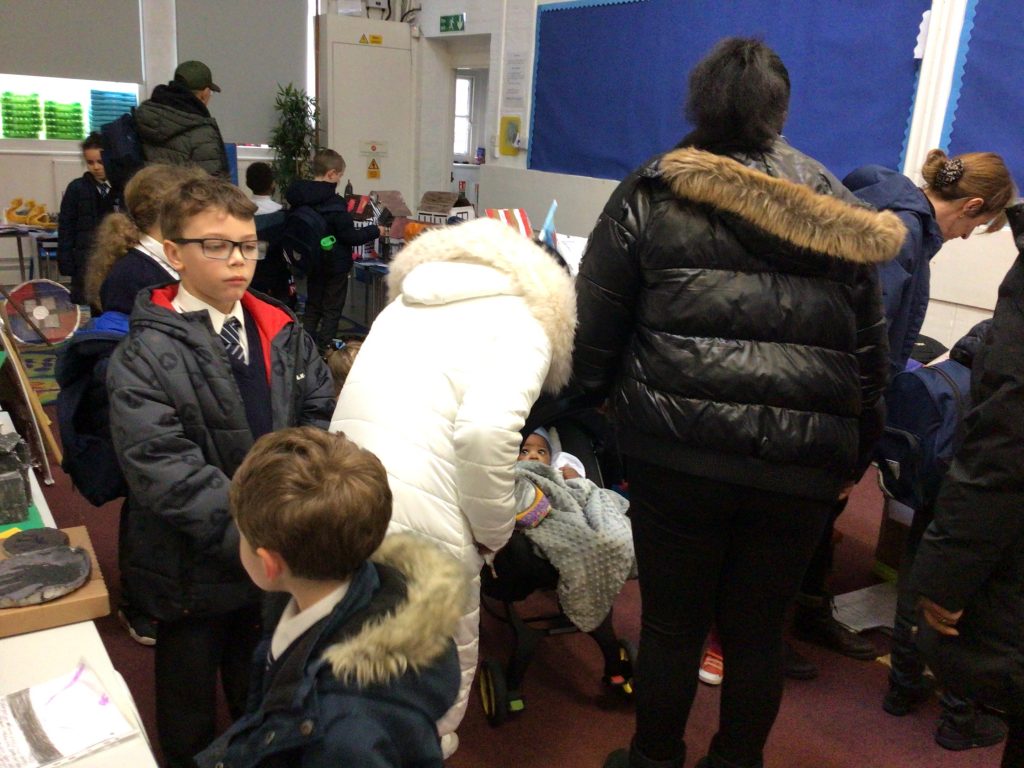
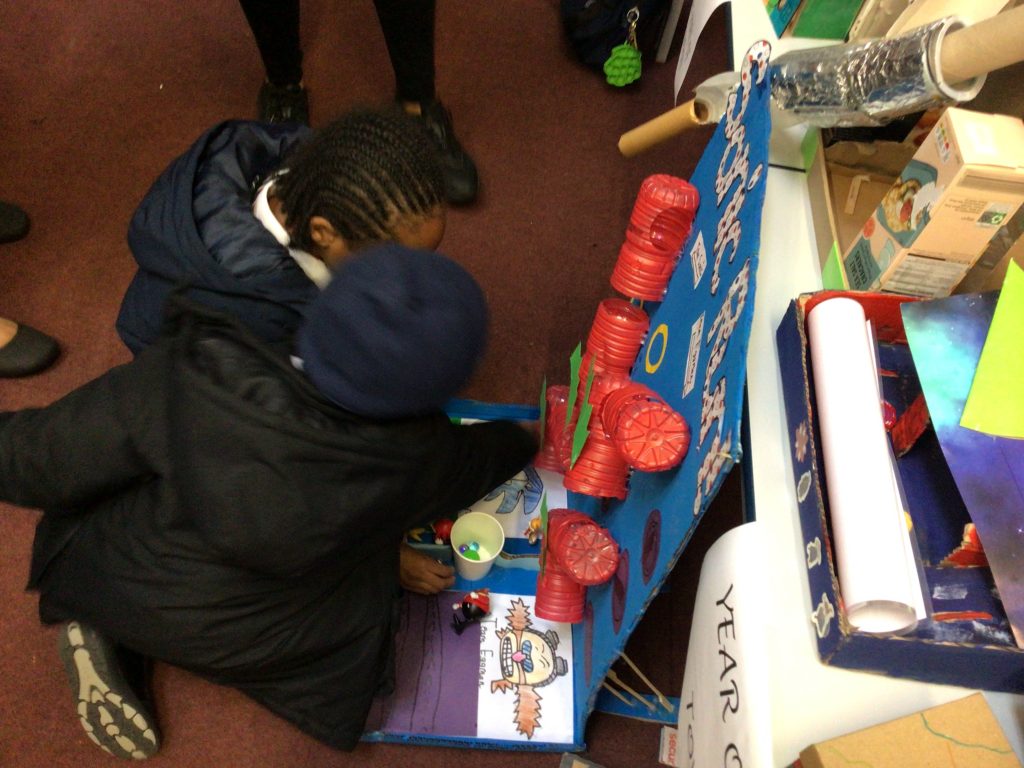
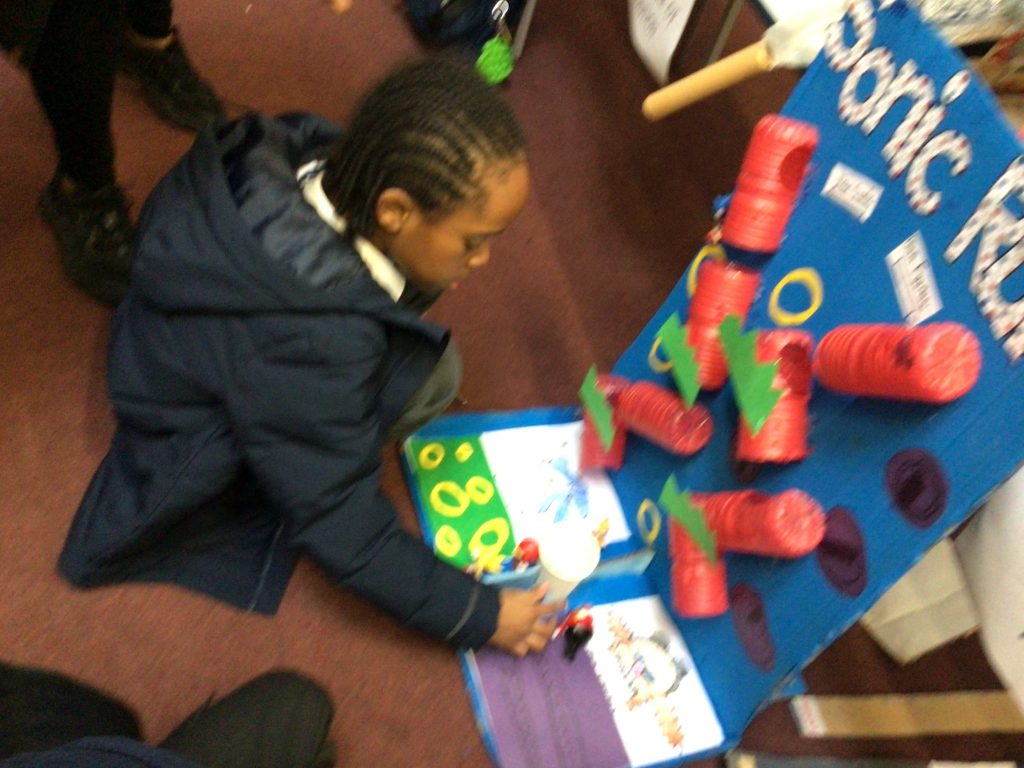
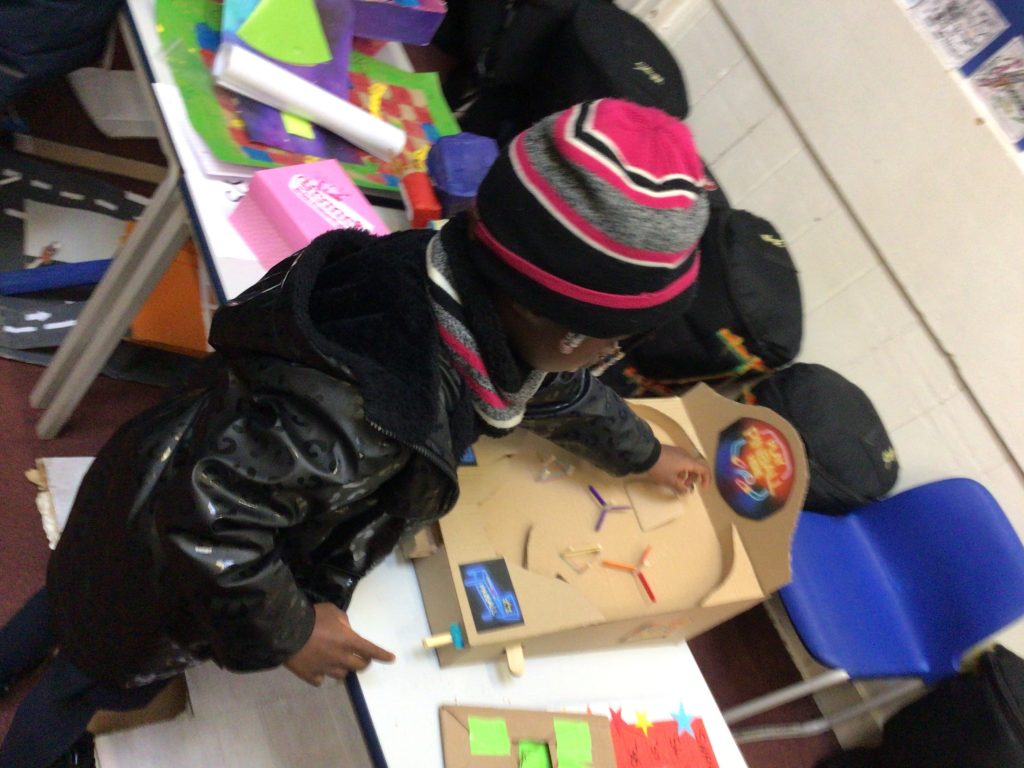
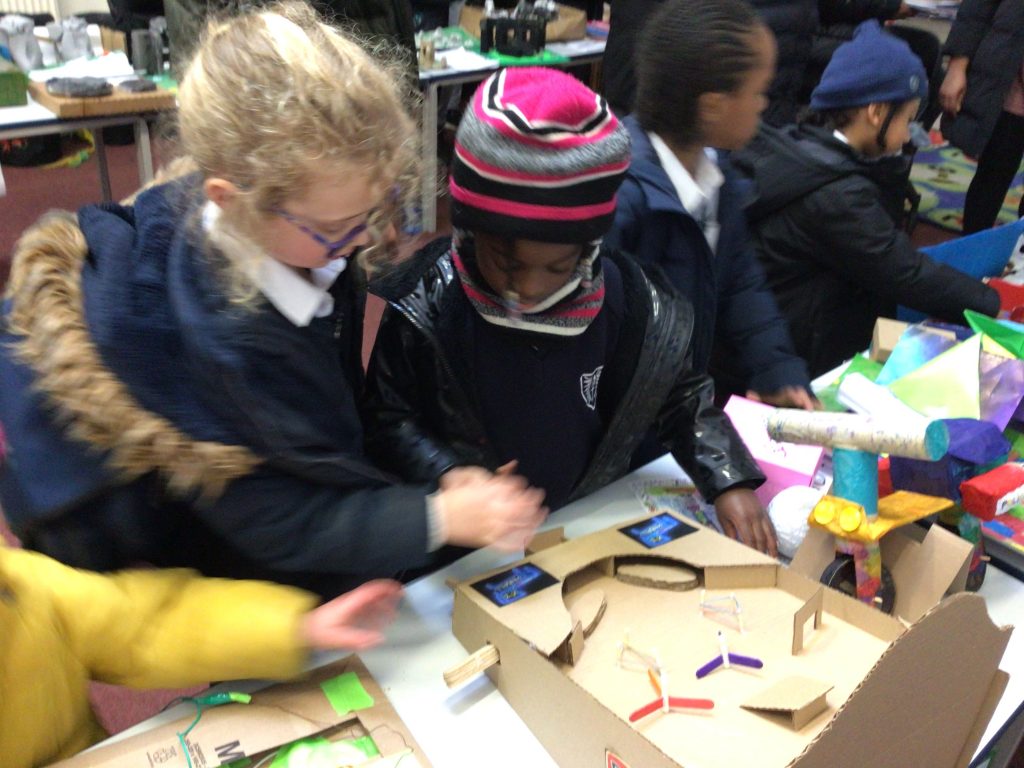
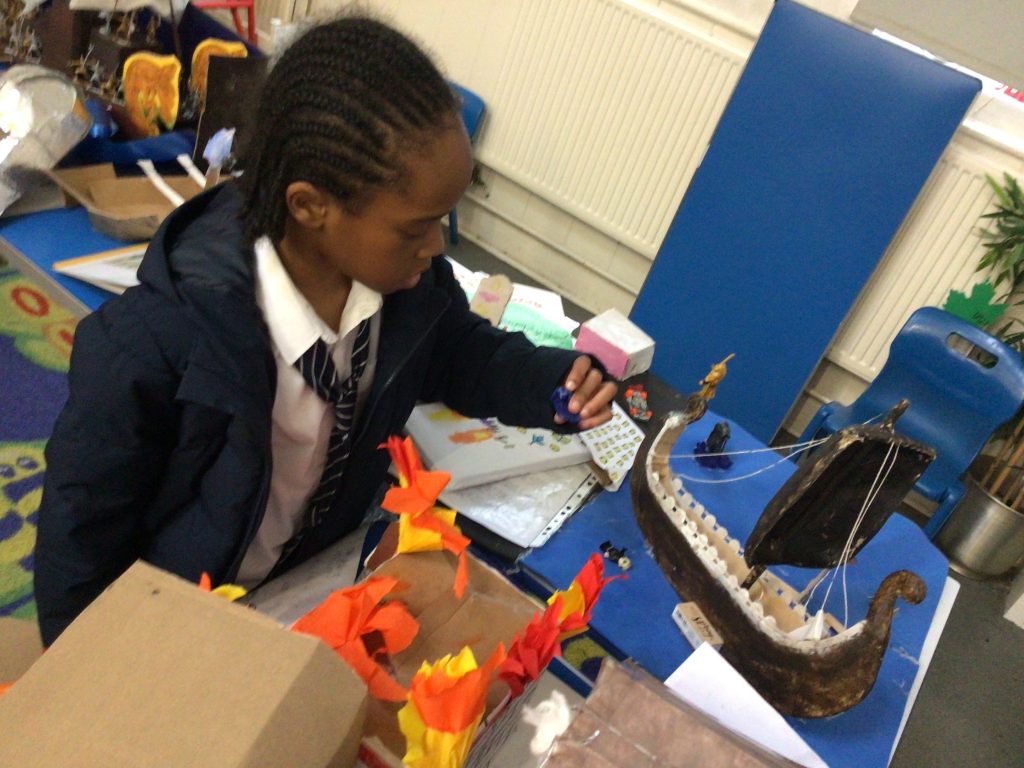
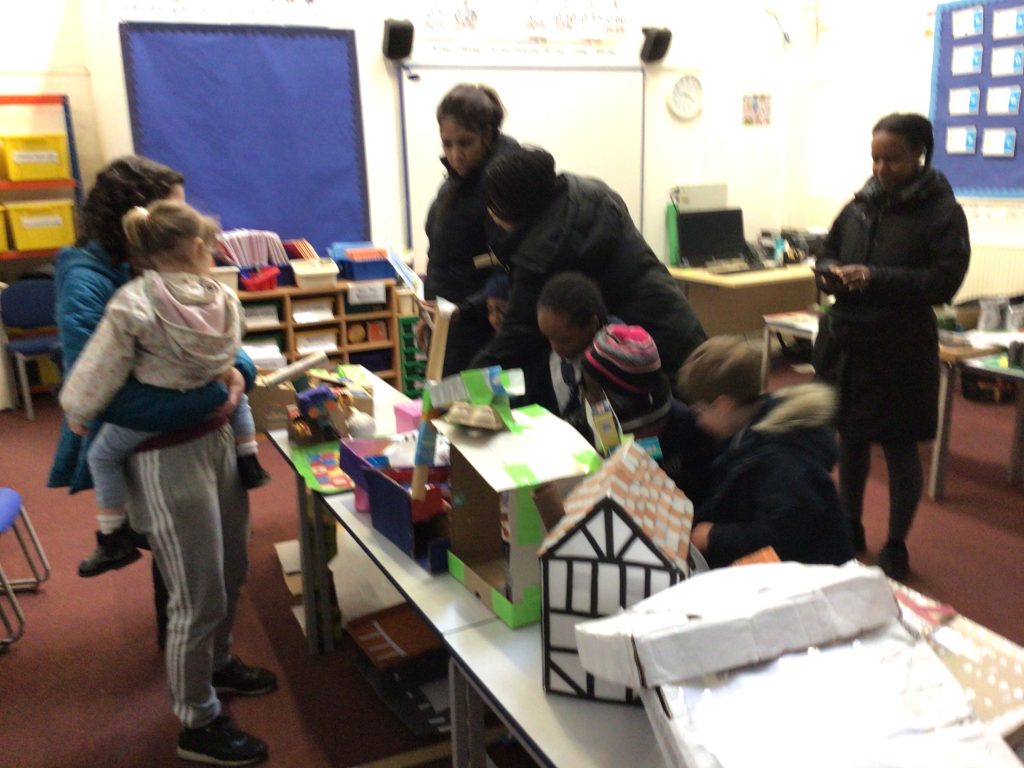
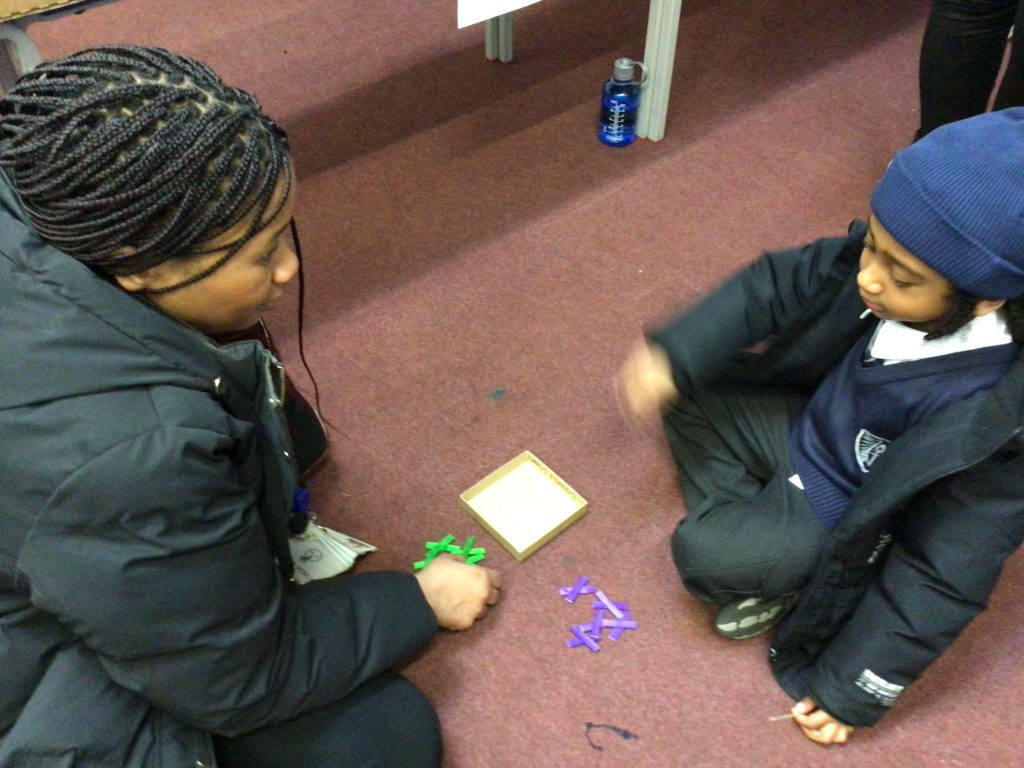
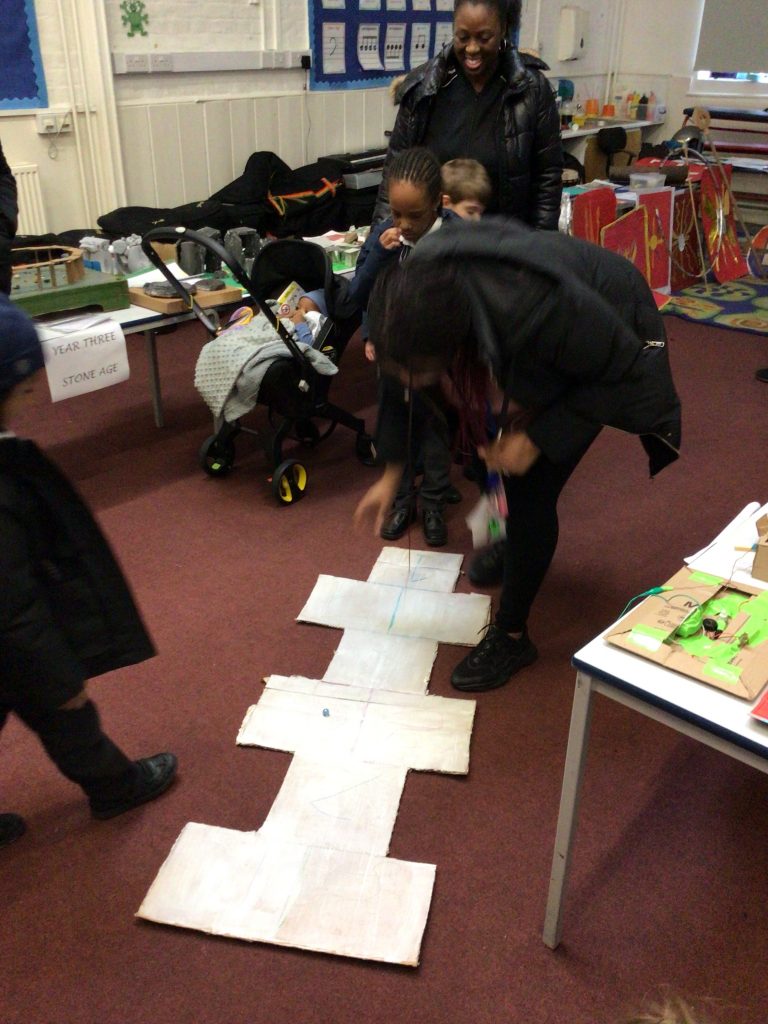
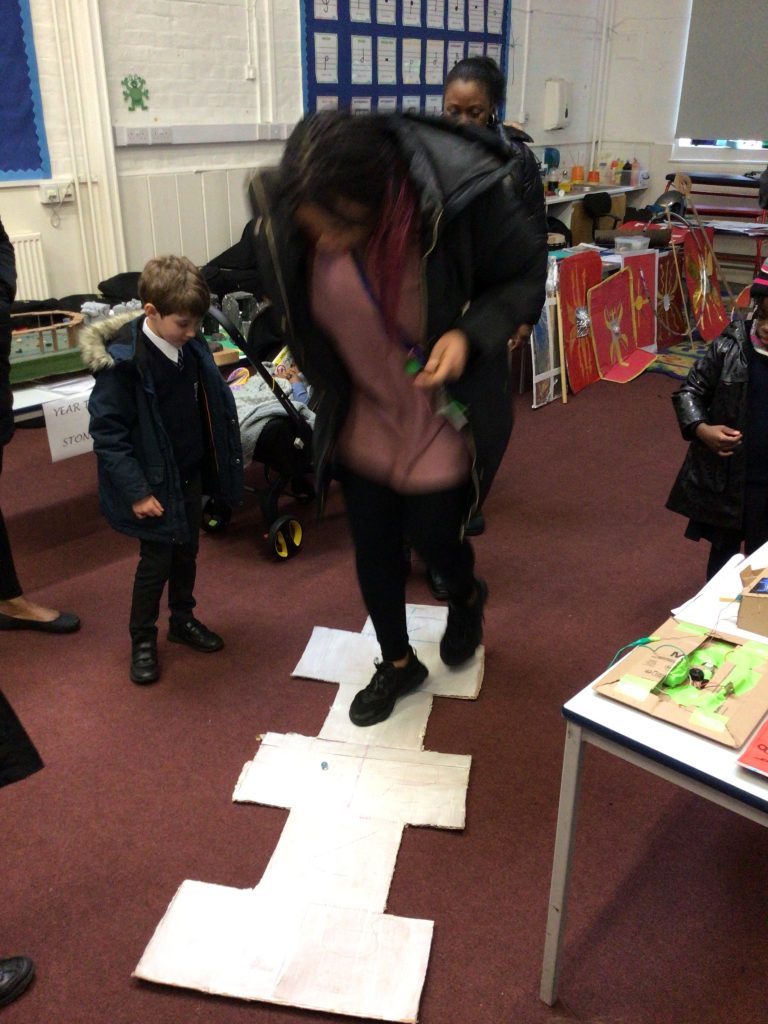
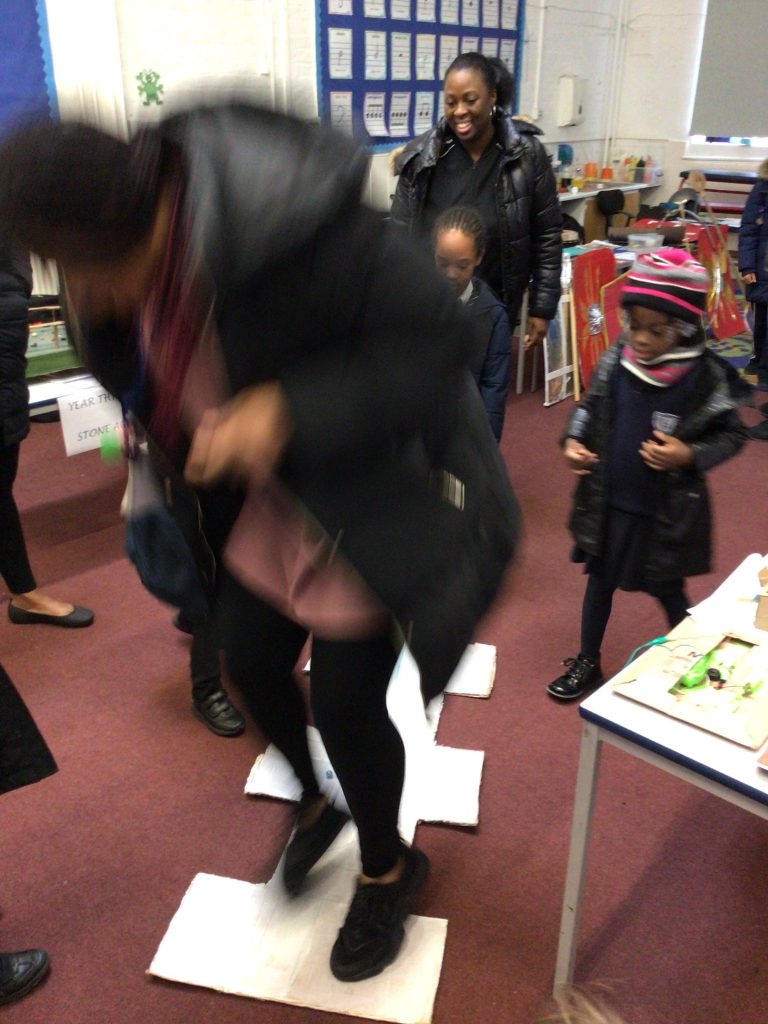
BIG THANK YOU TO EVERYONE!
